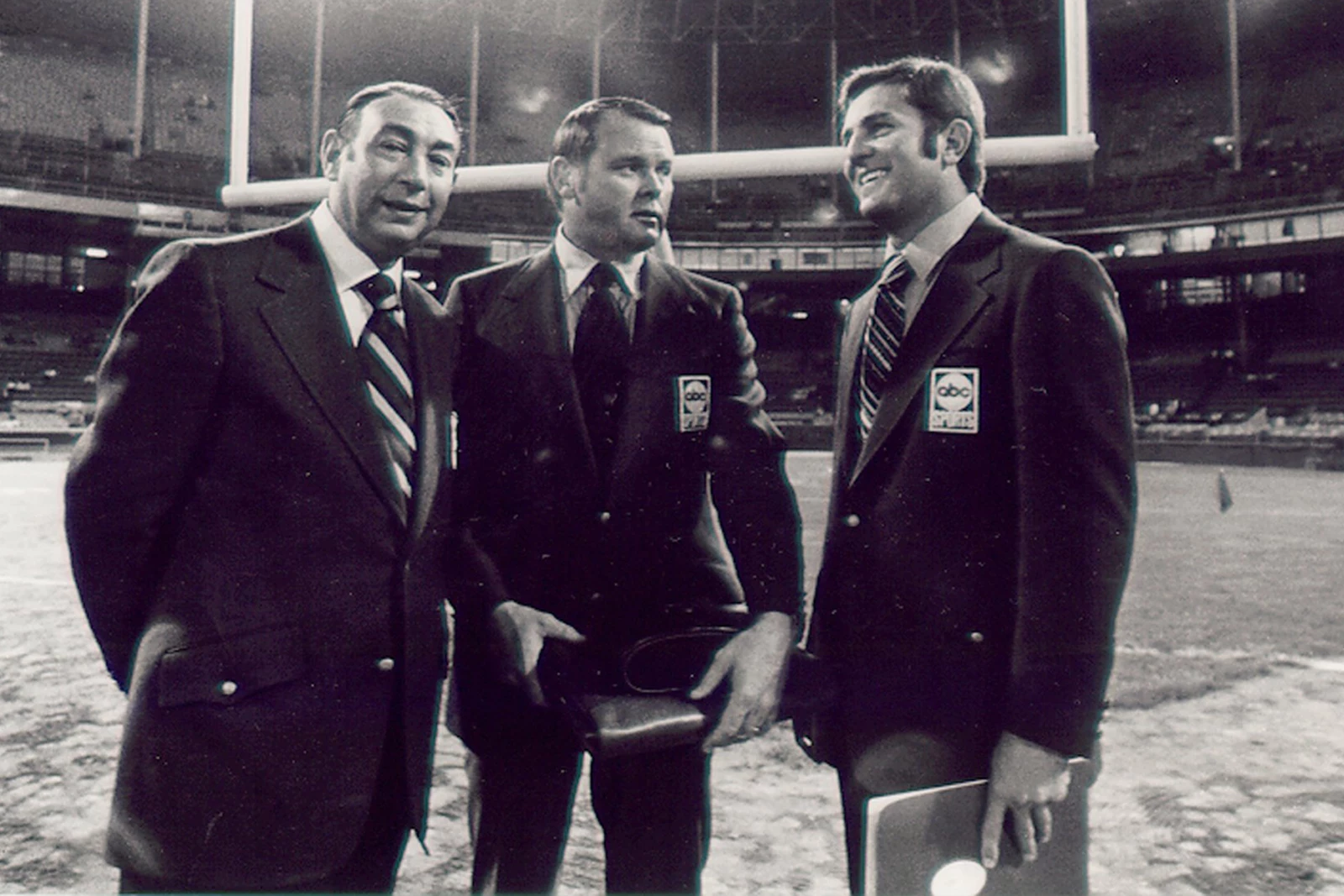
50 Years Ago: ‘Monday Night Football”s Game-Changing Debut
by Corey IrwinOn Sept. 21, 1970, Monday Night Football premiered on ABC. It would go on to dramatically influence the sports and pop-culture landscapes of America, though no one could have predicted it at the time.
NFL Commissioner Pete Rozelle was the man who spearheaded the Monday Night Football concept. The executive envisioned a weekly professional football game played in prime time and broadcast to a nationwide audience. His initial concept was to have the games take place on Friday nights, but that idea was rejected because organizers feared that such scheduling would negatively affect attendance at high-school football games.
Rozelle’s first experiment with a Monday-night football game took place on Sept. 28, 1964, when the Green Bay Packers battled the Detroit Lions. The game was not televised, but a record audience turned out to watch, proving that demand for a weeknight game was strong.
Rozelle would continue to build on his idea in the ensuing years, scheduling one to two Monday night games from 1966-69. These games were broadcast on CBS, and their success convinced the commissioner that regular Monday-night game could be profitable.
Watch 1970's 'Monday Night Football' Intro
In 1970 - following the merger of the NFL and AFL - Rozelle was determined to launch a weekly Monday-night game, complete with its own national broadcast package. NBC and CBS turned down the proposal, unwilling to alter their regular prime-time lineups. “We talked to CBS and they said, ‘And what, move Doris Day?’” the executive later recalled, noting the network’s resistance to give up its Monday-night shows.
Though it took some convincing - and the threat of potentially taking the NFL to Howard Hughes’ independently owned Hughes Sports Network - ABC eventually signed on as the home of Monday Night Football. “We figured that we would lose something like 100 of our stations who would carry the football games independently,” ABC Sports producer Roone Arledge later admitted. “So, it was really fear more than anything else - that is the way I got the network to agree to it.”
The breakthrough agreement would soon be followed by further revolutionary choices. Monday Night Football would feature double the number of cameras as a regular football broadcast up until that point, offering viewers unprecedented engagement with the action. The use of graphics and instant replay - both commonplace in sports today - also began with Monday Night Football.
In addition, MNF added an extra voice to its broadcast, expanding from a traditional two-person booth to three. Its founding team consisted of play-by-play announcer Keith Jackson, former Dallas Cowboys quarterback Don Meredith and New York sports commentator Howard Cosell.
Watch the First 'Monday Night Football' Game
More than 33 percent of the American viewing audience tuned in for the Sept. 21, 1970, clash, making Monday Night Football an instant success. The program has continued to be a ratings juggernaut throughout its five-decade run, regularly winning its time slot, even in its weakest of seasons.
Still, its impact goes far beyond the bottom line.
MNF has featured some of the biggest names in the history of sports broadcasting, including Frank Gifford, Al Michaels, Dan Fouts, Joe Nameth, OJ Simpson, Boomer Esiason and John Madden.
Watch John Lennon on 'Monday Night Football' in 1974
The show has also welcomed many famous non-football guests, another unprecedented move in the world of sports. Movie and television celebrities, rock stars and presidential hopefuls have all stopped by the MNF booth, elevating the program beyond the typical football telecast.
Notably, John Lennon was interviewed by Cosell at halftime during a Monday Night Football broadcast in 1974. “It’s an amazing event and sight,” the former Beatle remarked of his first NFL experience. “It makes rock concerts look like tea parties.”
Six years later, Cosell would be the man who told America of Lennon’s murder, breaking into his regular Monday Night Football broadcast to deliver the tragic news.
Watch John Lennon's Death Announcement on 'Monday Night Football'
In 1989, Monday Night Football debuted a new musical intro. Country singer Hank Williams, Jr. delivered a variation of his song “All My Rowdy Friends Are Coming Over Tonight,” reworked as "All My Rowdy Friends Are Here on Monday Night" with lyrics changed weekly to reflect the NFL match-up on tap.
The song - and its iconic “Are you ready for some football?” opening line - would become synonymous with the broadcast for more than two decades.
Controversy surrounded Williams in 2011 following negative comments toward President Barack Obama. As a result, “All My Rowdy Friends” was removed from MNF broadcasts for several years before being brought back in 2017. It was removed again for the 2020 season, with producers claiming the “rowdy” tune would not make sense given the empty stadiums as a result of COVID-19. A revamped version of Little Richard's "Rip It Up" was selected as the new intro song.
Top 100 '70s Rock Albums
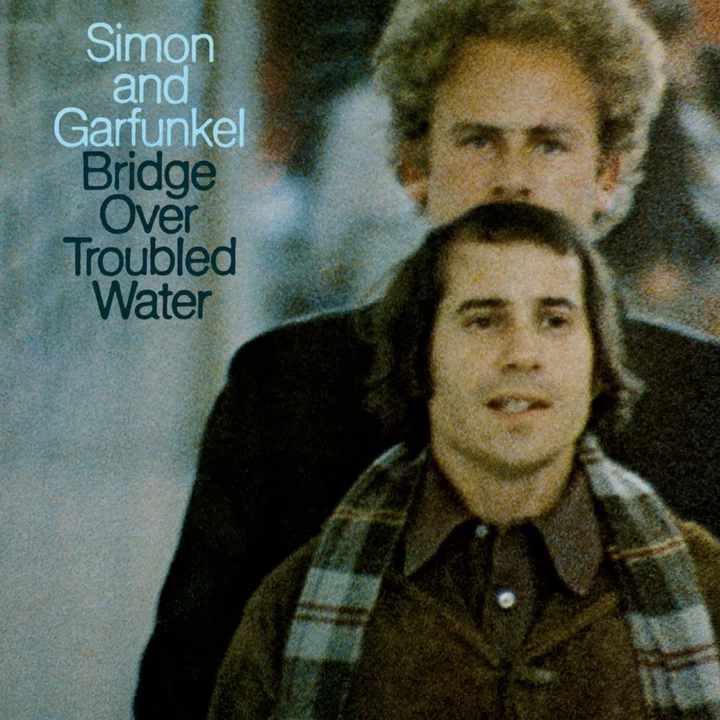
'Bridge Over Troubled Water'
Simon and Garfunkel (1970): The pinnacle of the duo's career and one of the best albums ever made, 'Bridge Over Troubled Water' showcased Paul Simon's musical restlessness on globetrotting songs like "El Condor Pasa" and "Cecilia." And Art Garfunkel never sounded better than he does on the soaring title track.
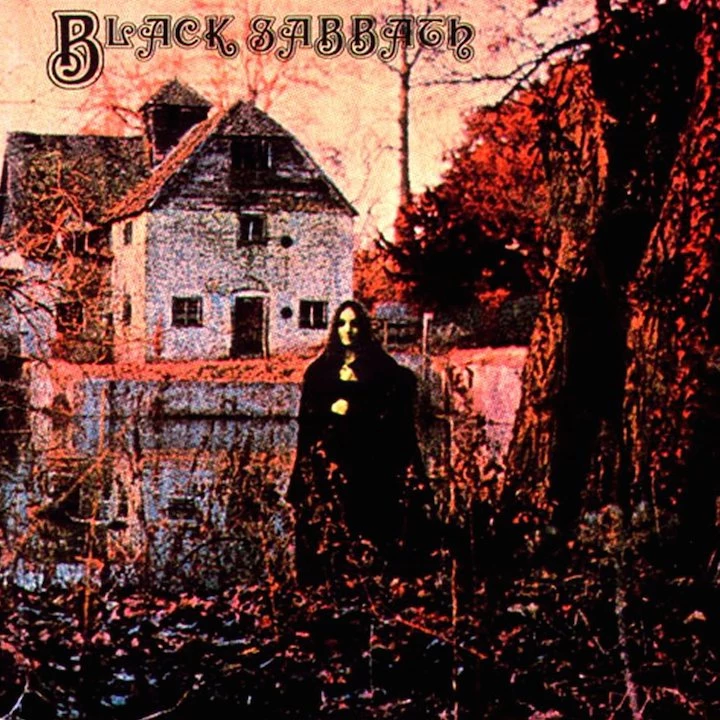
'Black Sabbath'
Black Sabbath (1970): This is heavy metal's big bang -- a stunning juxtaposition of fate (with bleak Birmingham as a backdrop), creativity (they found something much darker within the blues) and timing. In fact, Black Sabbath's kinetic bond was such that this was recorded in a single day.

'Moondance'
Van Morrison (1970): 'Moondance' is the sunrise after the bleak depths of 'Astral Weeks,' just as transcendant but in a far more light-filled way. Catharsis is replaced by a determinedly pastoral wonder. It's simply gorgeous.
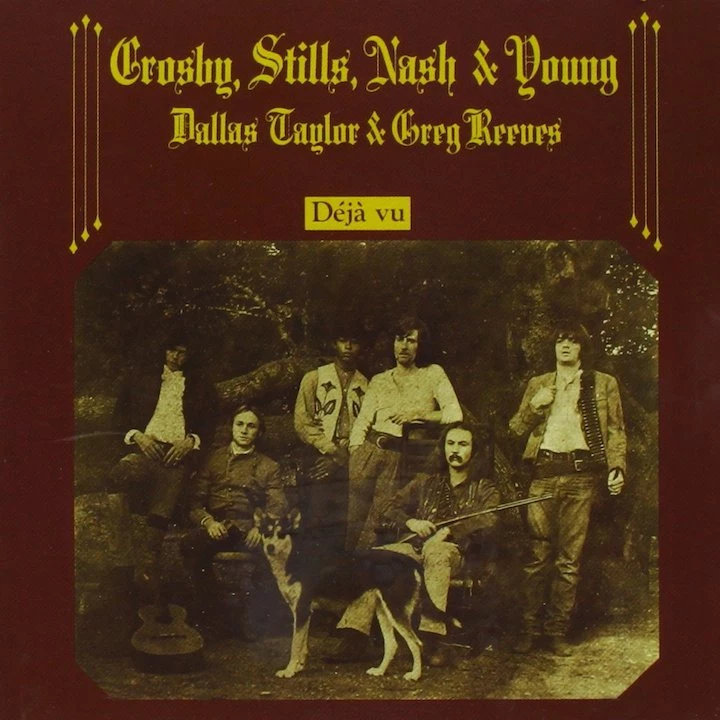
'Deja Vu'
Crosby Stills Nash and Young (1970): The hits tell the story of this so-crazy-it-worked amalgam of late-'60s stars: "Teach Your Children" and "Woodstock" wouldn't fit together on any other album. Neither would "Our House" and "Almost Cut My Hair."
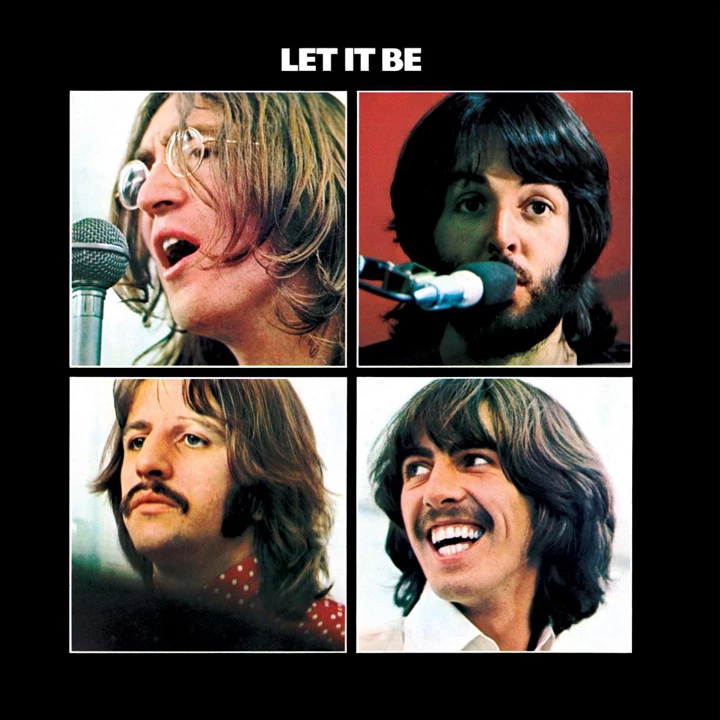
'Let it Be'
The Beatles (1970): The Beatles' final album was recorded in early 1969, before 'Abbey Road,' but it sat on the shelf for more than a year because nobody wanted to touch the tapes from the disastrous sessions. Phil Spector waded through the mess, stitching together a swan song that's sweet, infuriating and poignant.
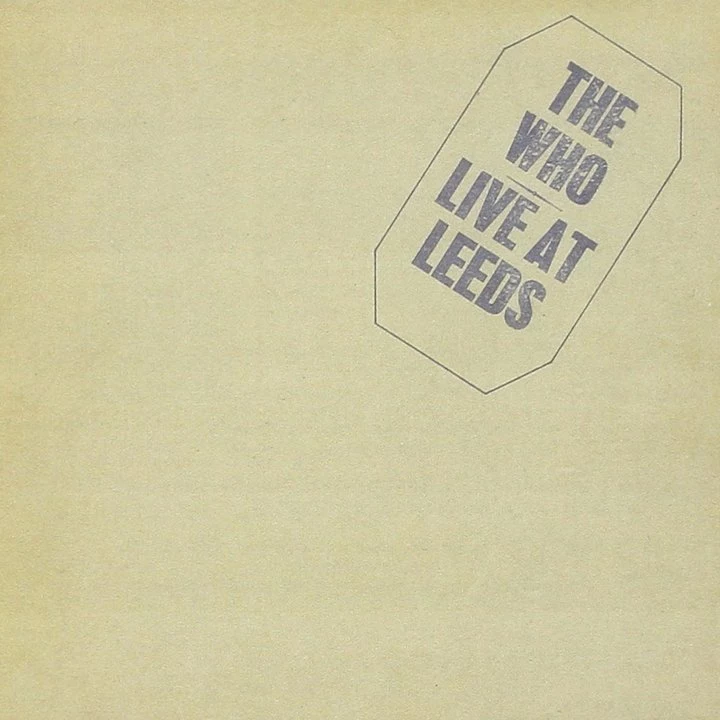
'Live at Leeds'
The Who (1970): The Who were touring 'Tommy' when they hit the University of Leeds armed with their rock opera and a handful of old classics. They produced one of rock's all-time greatest live albums, a powerhouse document of a band at the very top of their concert game.
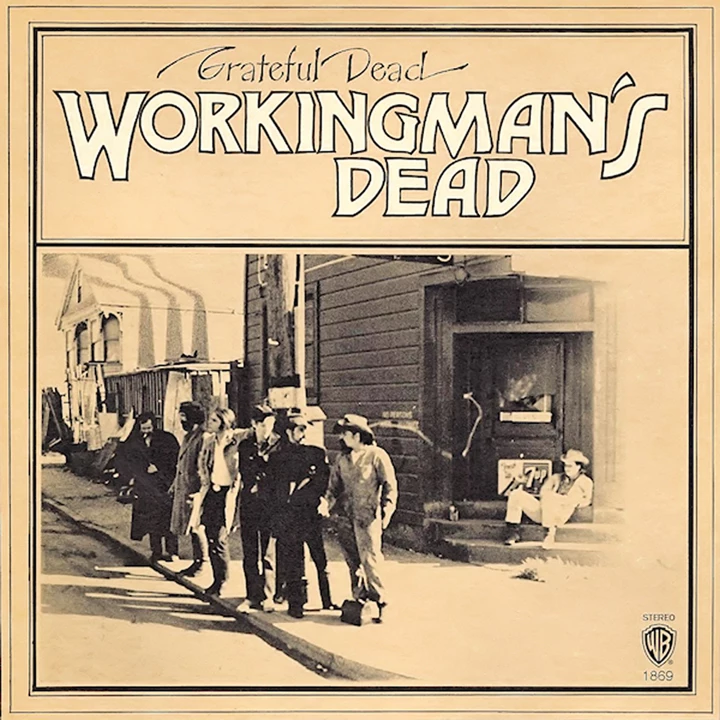
'Workingman's Dead'
Grateful Dead (1970): As the '70s loomed, it seemed everyone was ready to get back to the basics -- the Dead included. There followed a newfound focus on dilating their legendary studio excursions, even as they added Crosby, Stills, and Nash-style vocal harmonies.

'Fun House'
The Stooges (1970): Here's where the first seeds of punk sprung, and with such force that 'Fun House' still sounds fresh. The funny part? Iggy Pop says he drew inspiration not from fellow modernists like MC5, but from Chicago blues master Howlin' Wolf.

'Cosmo's Factory'
Creedence Clearwater Revival (1970): Is it possible that Creedence's first album of the '70s, one that arrived after an amazing series of career-defining projects in 1969, is in fact their best ever? Yes. Yes, it is.
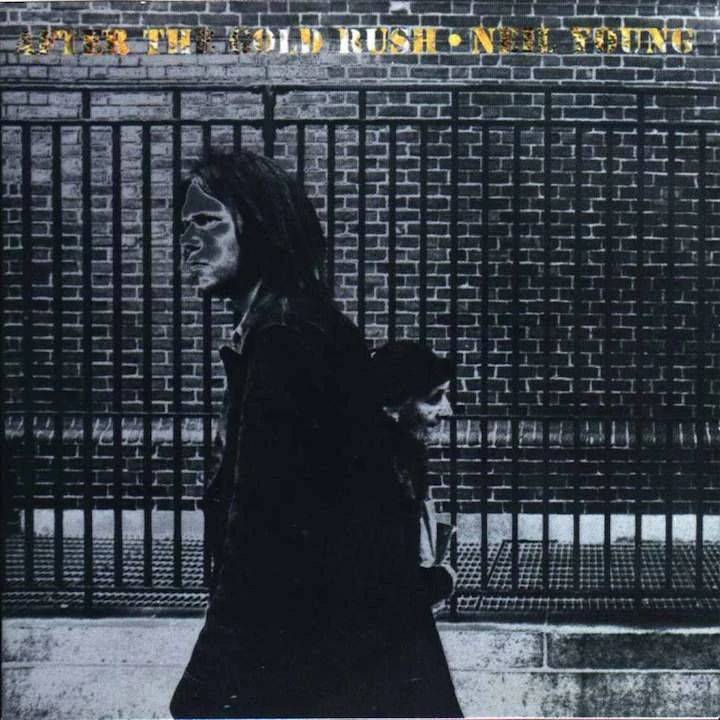
'After the Gold Rush'
Neil Young (1970): Very much in keeping with his contemporary work with Crosby, Stills and Nash, 'After the Gold Rush' is Young at his singer-songwriter peak. Listen, too, for the placid piano work of a then-unknown Nils Lofgren, later of E Street Band fame.
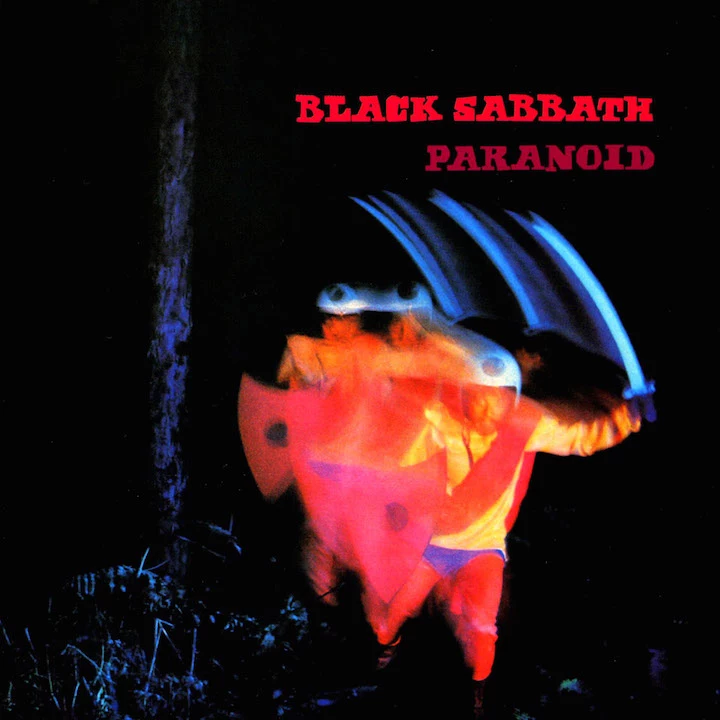
'Paranoid'
Black Sabbath (1970): Black Sabbath's debut album was influential; this one was definitive. As hypnotic as it is scarifying, as bone-crushingly loud as it is memorably doomy, 'Paranoid' is what all heavy metal is measured against.
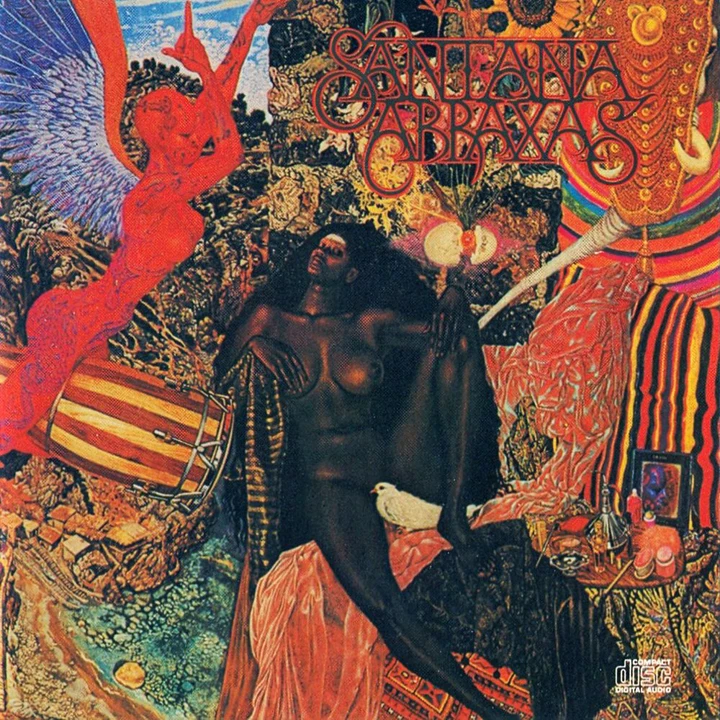
'Abraxas'
Santana (1970): Carlos Santana's shamanistic guitar served as the lodestar as his band brilliantly stirred in elements of rock, salsa, jazz and blues -- completely transforming Tito Puente's "Oye Como Va" and Fleetwood Mac's "Black Magic Woman" along the way.

'Led Zeppelin III'
Led Zeppelin (1970): More rustic, sure, with layered acoustics and mandolins. But 'III' is no folk album. Not with its thrilling rhythmic twists ("Out on the Tiles"), dense arrangements ("Friends"), galloping viking-rock ("Immigrant Song") and scalding blues ("Since I Been Loving You").
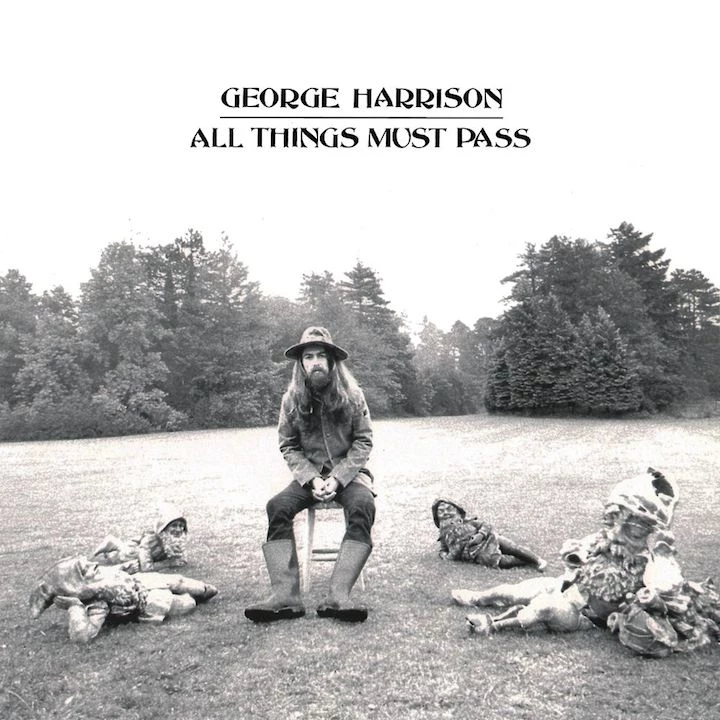
'All Things Must Pass'
George Harrison (1970): Bottled up creatively for years, George Harrison's first proper solo release was a all-encompassing, Wagnerian juggernaut. Every element of his overlooked genius, and outsized vision, is evident here.
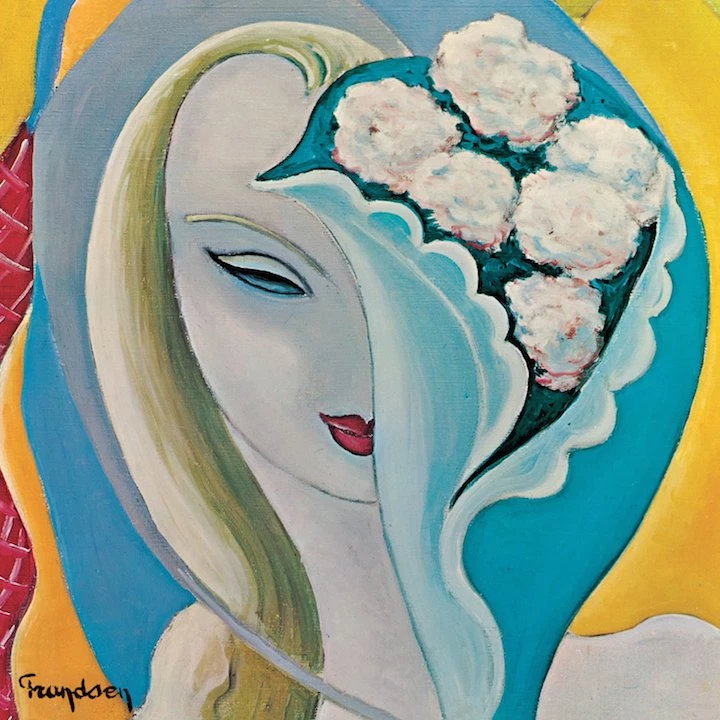
'Layla and Other Assorted Love Songs'
Derek and the Dominoes (1970): Eric Clapton gathered some friends (including Duane Allman) to help record original and cover songs to help mend his broken heart. The result -- a double-record song cycle about falling in and out of love -- is Clapton's greatest, most personal work.
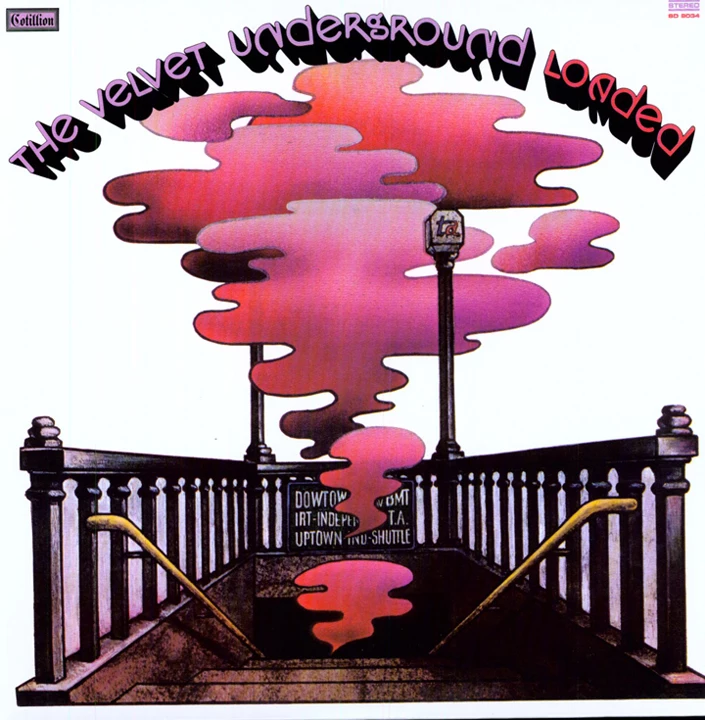
'Loaded'
Velvet Underground (1970): The Velvet Underground were in shambles by the time this album (featuring "Sweet Jane" and "Rock and Roll") arrived, but Lou Reed left us with the band's most focused, radio-ready album.
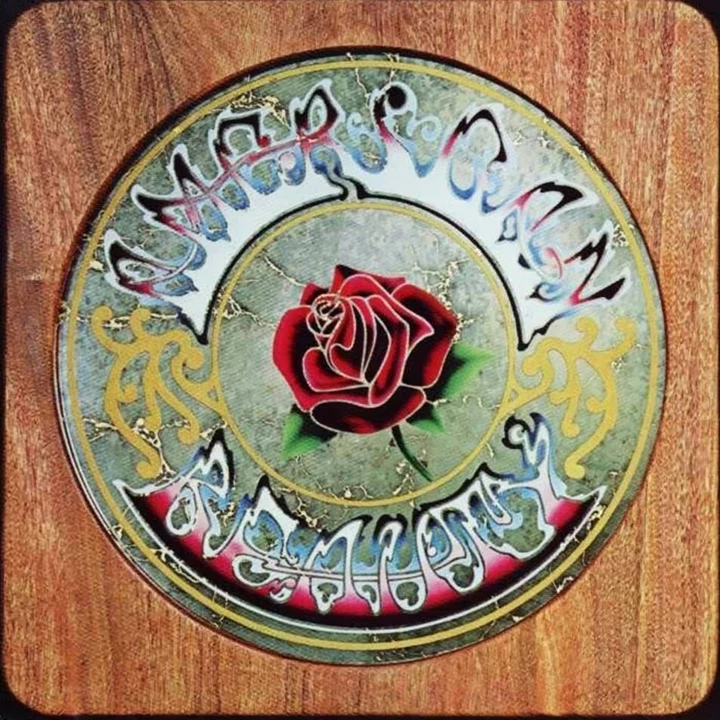
'American Beauty'
Grateful Dead (1970): Didn't you used to be the tripped-out hippie gods of free-form rock? Not here, as the Dead travel deeper into an appealing new landscape of rock, folk, bluegrass and country. In this dialed-down atmosphere, they fashioned their most complete studio effort.
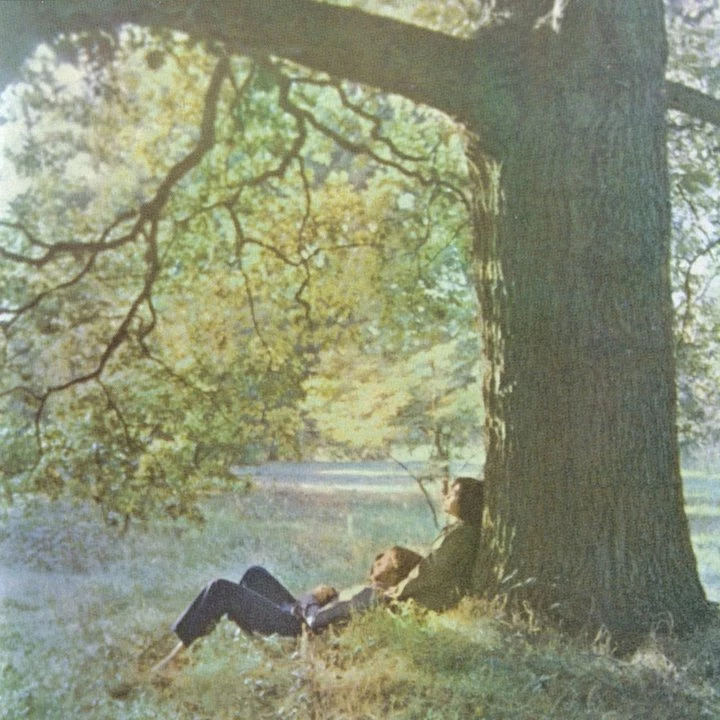
'John Lennon / Plastic Ono Band'
John Lennon (1970): One of the most remarkable musical -- and personal -- statements ever issued by a major recording artist, as John Lennon bids an emotional farewell to a decade, his band and his youth.

'Pearl'
Janis Joplin (1971): In death, Janis Joplin was finally given the room to shine. This refreshingly uncluttered gem allowed her to find new depths of raspy vulnerability, even if it sadly arrived some four months after she ODed.
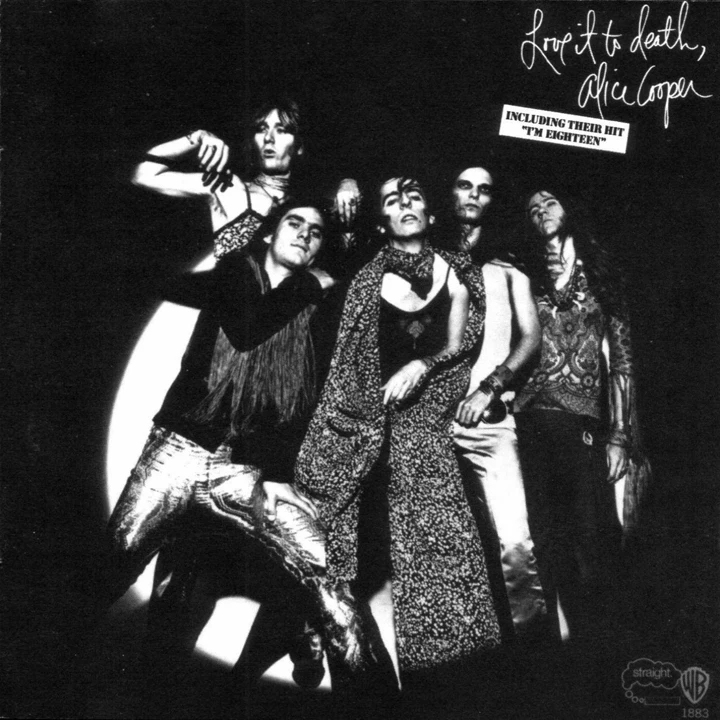
'Love it to Death'
Alice Cooper (1970): Alice Cooper's turn from psychedelia toward heavier sounds, after a move to Detroit, provided a launching pad for one of rock's most memorable characters.
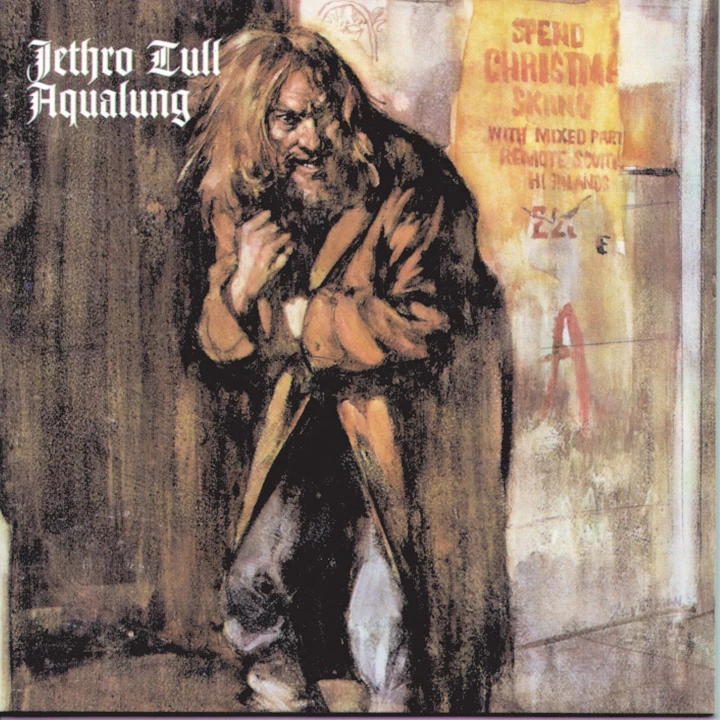
'Aqualung'
Jethro Tull (1971): Jethro Tull's most successful synthesis of blues rock, madrigal whimsy, prog and a certain underutilized woodwind instrument, 'Aqualung' was highlighted by “Locomotive Breath,” a chillingly prophetic indictment of over-population.

'Sticky Fingers'
The Rolling Stones (1971): Following 'Let It Bleed,' Altamont and the '60s, the Stones' first album of the '70s turned soulful ("Brown Sugar"), twangy ("Dead Flowers") and reflective ("Moonlight Mile"). Dirty, sticky and raw.
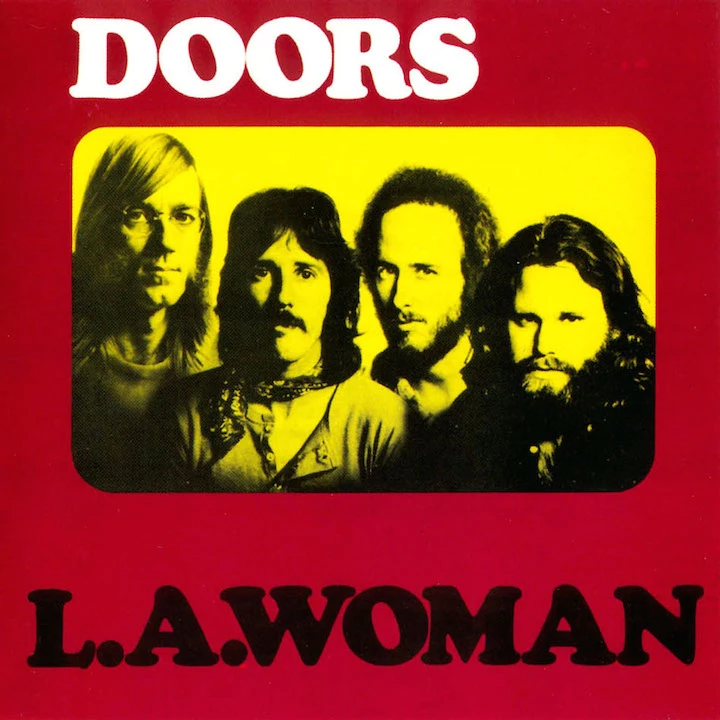
'L.A. Woman'
The Doors (1971): An uneven, more blues-focused farewell from the original quartet, 'L.A. Woman' is nevertheless a lasting testament -- on standout moments like the title track, "The Changeling" and "Riders on the Storm" -- to the dark intrigues of the Doors.
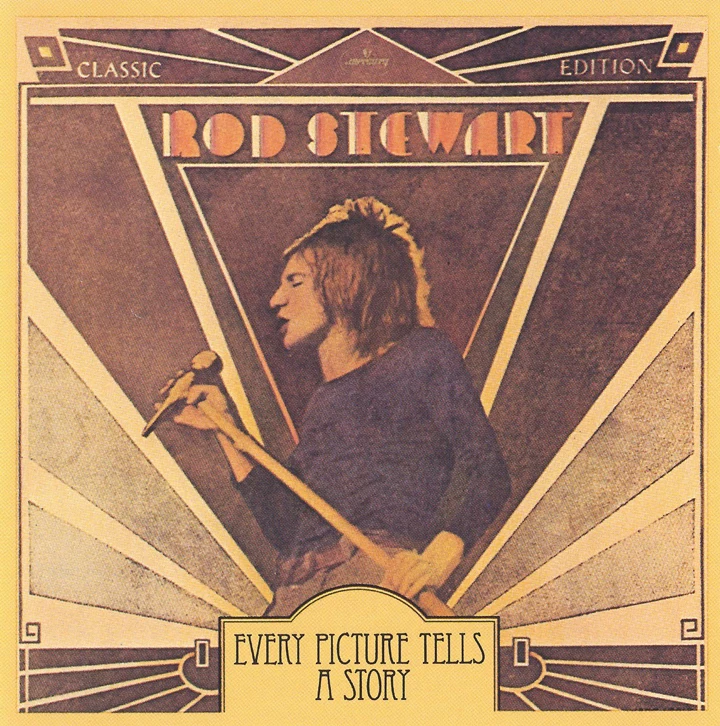
'Every Picture Tells a Story'
Rod Stewart (1971): Stewart's breakthrough album hit No. 1, as did its killer single "Maggie May." The backing band includes members of Faces, whom Stewart was doing double duty with at the time, and they help work the album into an eternal bluesy, boozy rock 'n' roll party.
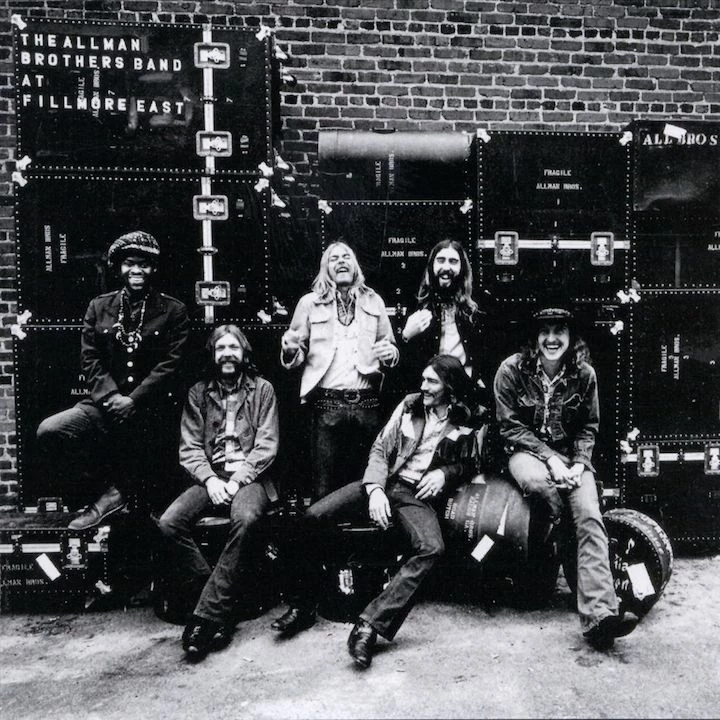
'At Fillmore East'
The Allman Brothers Band (1971): The Allmans had two studio albums to their name when they played a series of shows at New York City's Fillmore. The double album culled from the concerts made their legend -- from the stinging "Statesboro Blues" to the epic "Whipping Post," which clocks in at 23 glorious minutes.
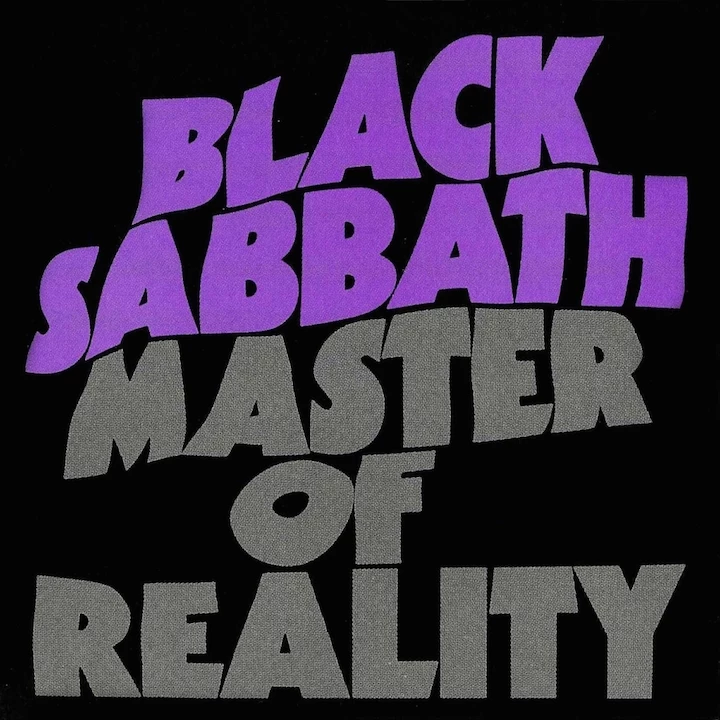
'Masters of Reality'
Black Sabbath (1971): Was it possible for Black Sabbath to get sludgier, more inky black? 'Masters of Reality' answered that question, playing off an injury to Tony Iommi's hand in which he lost two fingertips. That forced him to play slower. Now, he was also -- shiver -- playing lower.

'Who's Next'
The Who (1971): In between their two classic rock operas, the Who scaled back a bit for their best album ... which started life as another rock opera. But Pete Townshend whittled the project down to its best cuts, bookending it with the synth-powered "Baba O'Riley" and "Won't Get Fooled Again."
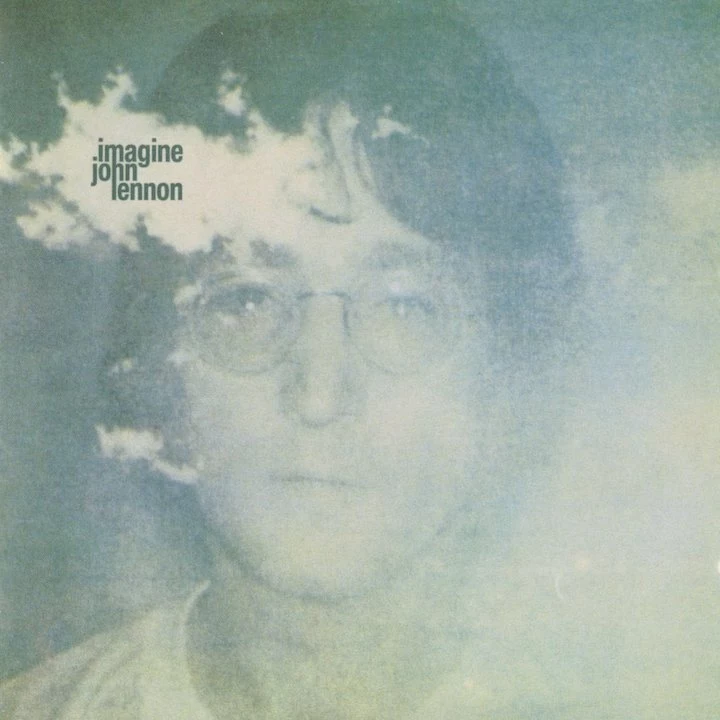
'Imagine'
John Lennon (1971): Only an artist as willfully complex as John Lennon could have pulled this off, as he moves from sensitive moments like the album’s title track to the vicious Paul McCartney putdown of "How Do You Sleep?"
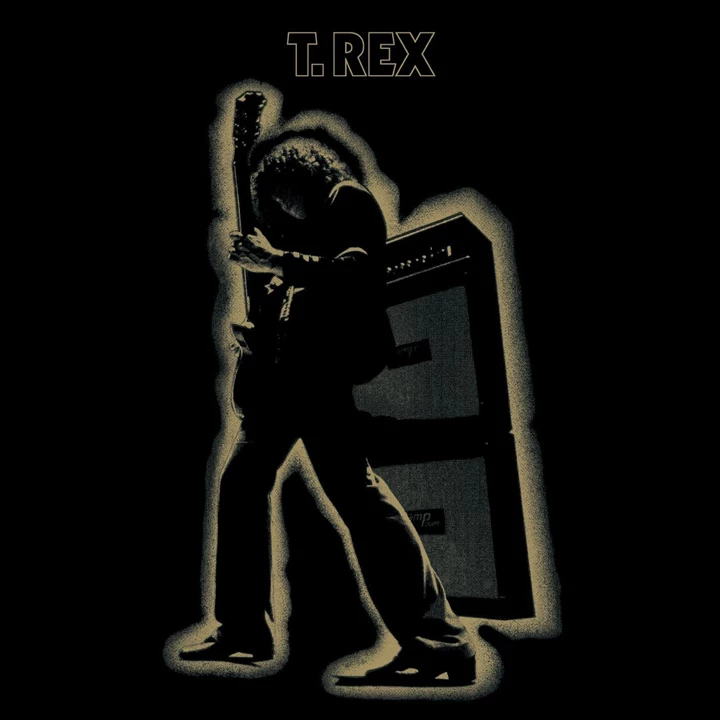
'Electric Warrior'
T. Rex (1971): After five albums of mostly lifeless folk rock, T. Rex changed course on 'Electric Warrior,' plugging in and setting the template for glam rock. "Bang a Gong (Get It On)" was the hit, but there are 10 more where that came from -- all glitter, fuzz and rifftastic.
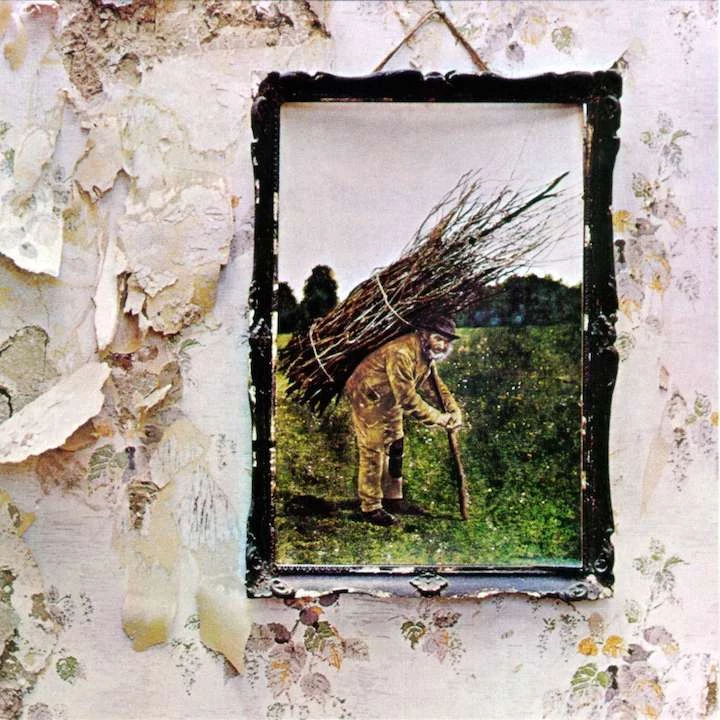
'IV'
Led Zeppelin (1971): After their pastoral third album, Led Zeppelin rocked back hard on their epic fourth LP. Almost every song here is a classic -- from the opening "Black Dog" to the closing "When the Levee Breaks."

'Fragile'
Yes (1971): Yes’ breakout fourth album shaped their considerable legacy in one fell swoop, as they debuted Rick Wakeman on keyboards, Roger Dean on the cover and “Roundabout” on the charts.
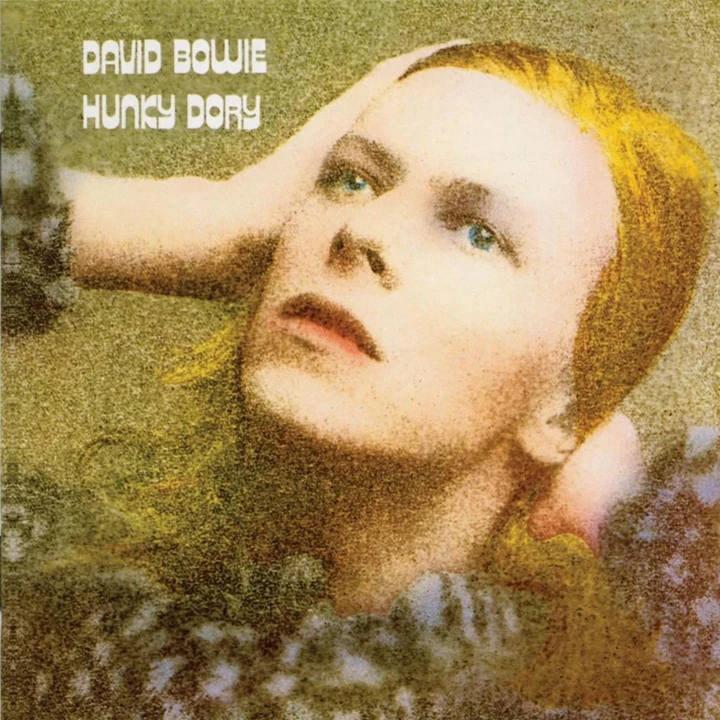
'Hunky Dory'
David Bowie (1971): To think David Bowie didn't even have a contract when he began recording this low-key gem. 'Hunky Dory' stayed below the radar too, failing to gain the attention it deserved until 'Ziggy Stardust' later took off.

'Paul Simon'
Paul Simon (1972): Simon's second solo album following Simon & Garfunkel's breakup is tighter and more focused than his debut ... and made clear that the duo was history. Songs like "Mother and Child Reunion" and "Me and Julio Down by the Schoolyard" burst with life and newfound freedom.

'Harvest'
Neil Young (1972): Perhaps Neil Young's most accessible album, the polished, largely acoustic 'Harvest' (with songs like "Heart of Gold," "Needle and the Damage Done" and "Old Man") defined his solo career, even if Young actually made another sharp creative turn immediately thereafter.
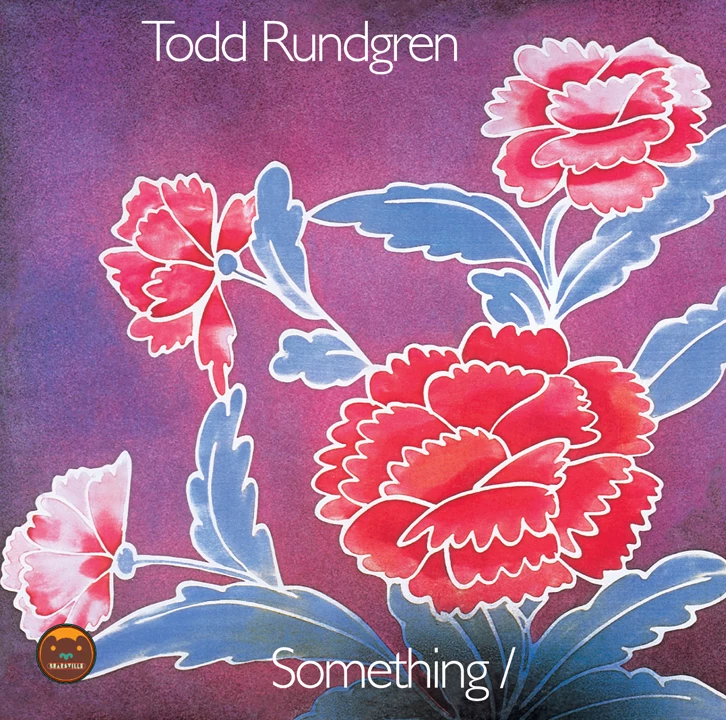
'Something/Anything?'
Todd Rundgren (1972): Then as now a roving, feverishly inventive personality, it took a double album to capture what seemed until then uncapturable: Todd Rundgren's muse. No surprise then that this is all over the map. But who needs a map anyway?

'Machine Head'
Deep Purple (1972): The album that hurtled Deep Purple to stardom, that featured bona fide classics like "Highway Star" and "Space Truckin'," that provided a riff via "Smoke on the Water" -- which still sparks every young guitar player's dreams.
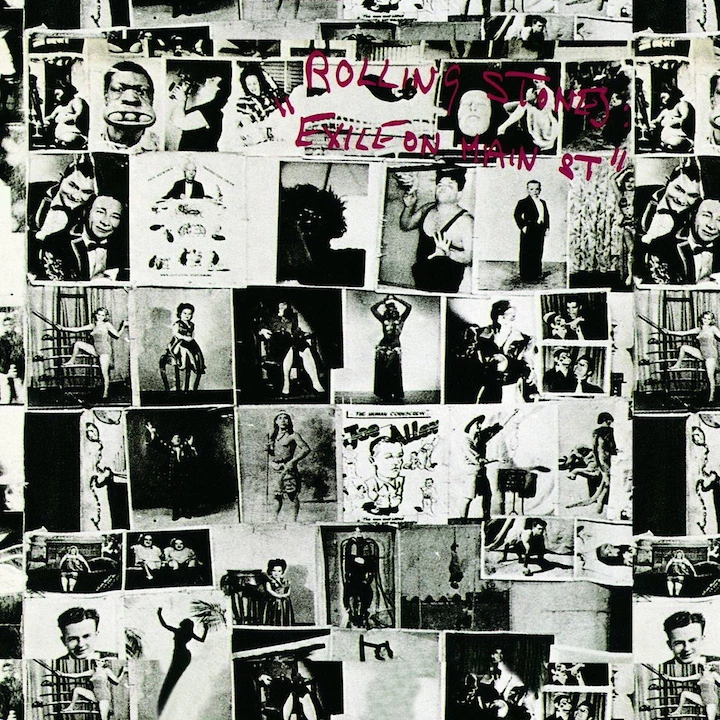
'Exile on Main Street'
The Rolling Stones (1972): Mired in drugs, booze and too much fame, the Stones barely sound awake for much of their double-album masterpiece. But its muddy, bluesy sway is intoxicating throughout.
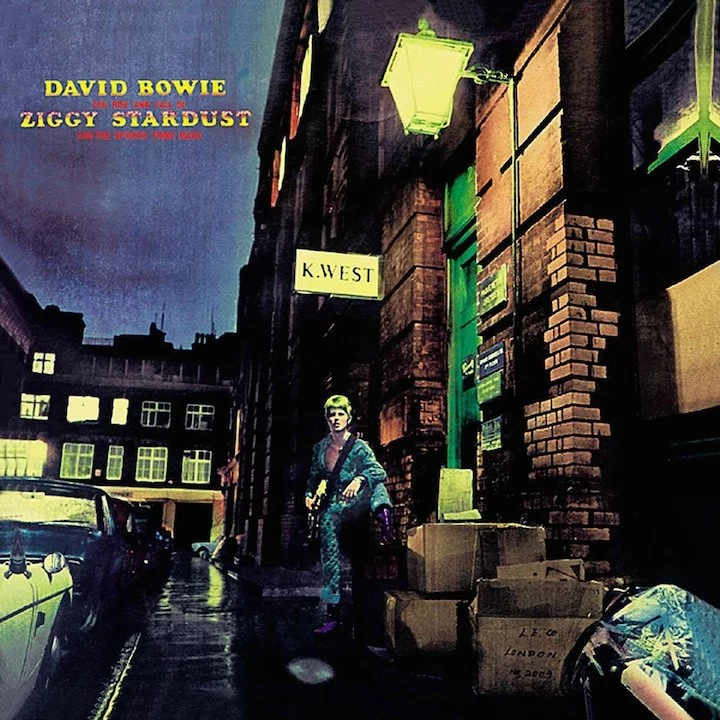
'The Rise and Fall of Ziggy Stardust and the Spiders From Mars'
David Bowie (1972): Bowie pretty much dressed himself up as a rock star from outer space, wrote a concept album about it and then lived the life for the next year. His breakthrough album is a masterstroke of genius myth-making, plus it includes some of his all-time best songs.
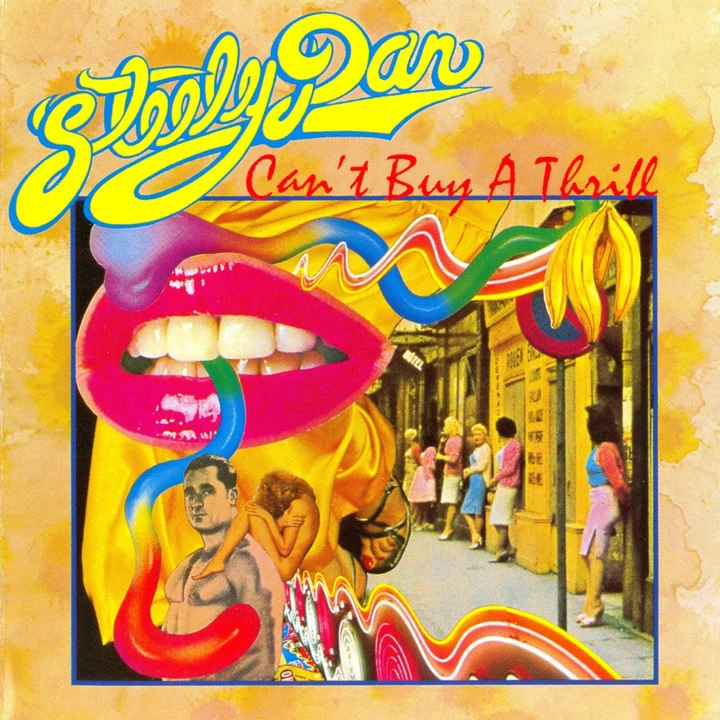
'Can't Buy a Thrill'
Steely Dan (1972): Steely Dan arrived almost fully formed on this layered, endlessly intriguing debut. Filled with hooks and lyrics both cryptic and clever, all that was missing was a vocalist. Donald Fagen soon fixed that.

'Raw Power'
The Stooges (1973): This narcotized classic found James Williamson taking over on guitar from Ron Asheton, who moved to bass. Together with Iggy Pop's menacing warble, they made something that sounds like a curtain dropping down on a needle-pricked night.
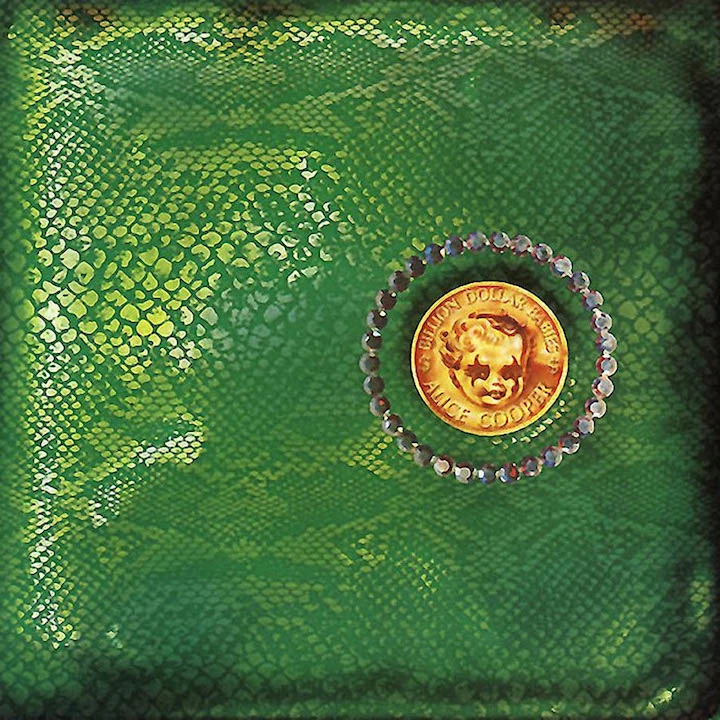
'Billion Dollar Babies'
Alice Cooper (1973): Listeners in both the U.S. and the U.K. responded to Alice Cooper's most consistent album and the ageless hit "No More Mr. Nice Guy," giving him his first and only No. 1.
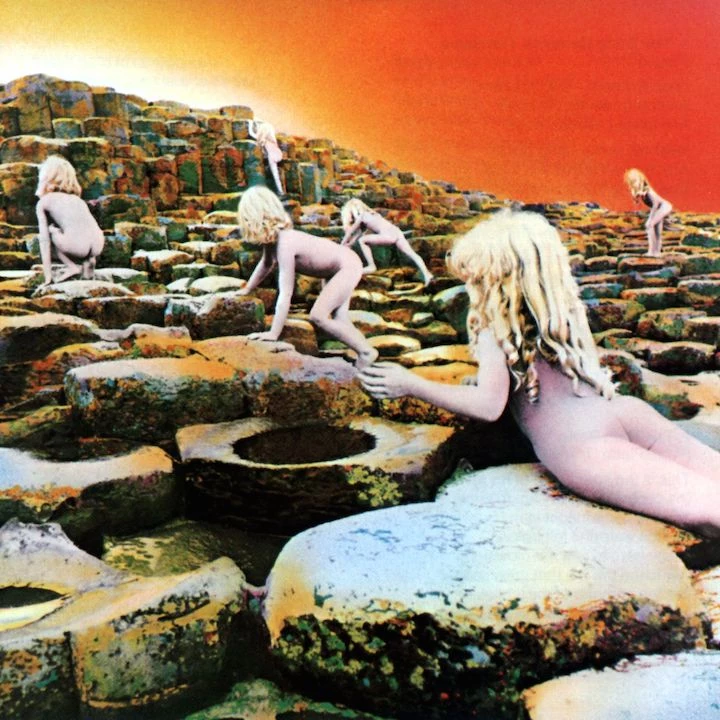
'Houses of the Holy'
Led Zeppelin (1973): Led Zeppelin's tightest album puts the focus on the songs rather than the riffs. Not that there aren't plenty of them to go around (see "Over the Hills and Far Away," "Dancing Days," etc.)
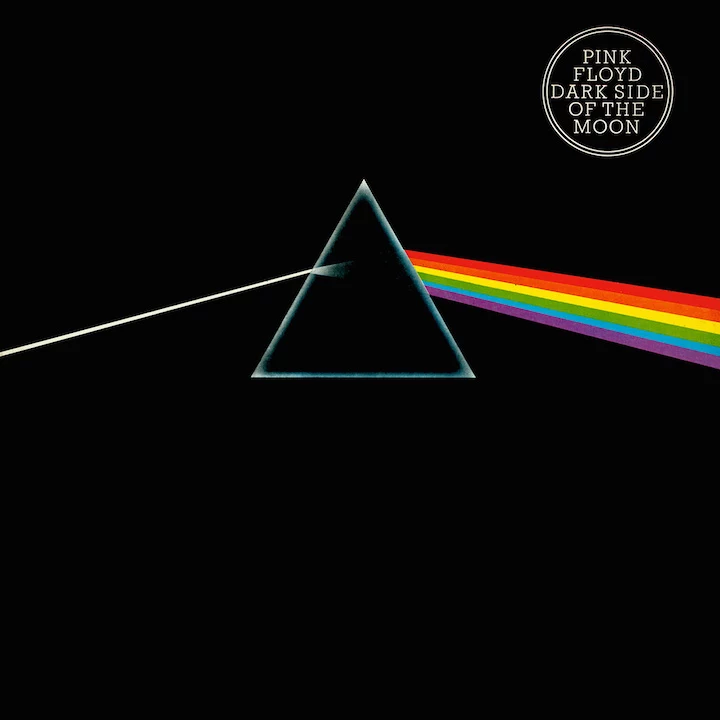
'The Dark Side of the Moon'
Pink Floyd (1973): Renowned for its musical ambition, 'Dark Side' would never have been so famous if its themes on growing older, regrets and approaching death hadn't connected on a much deeper level.
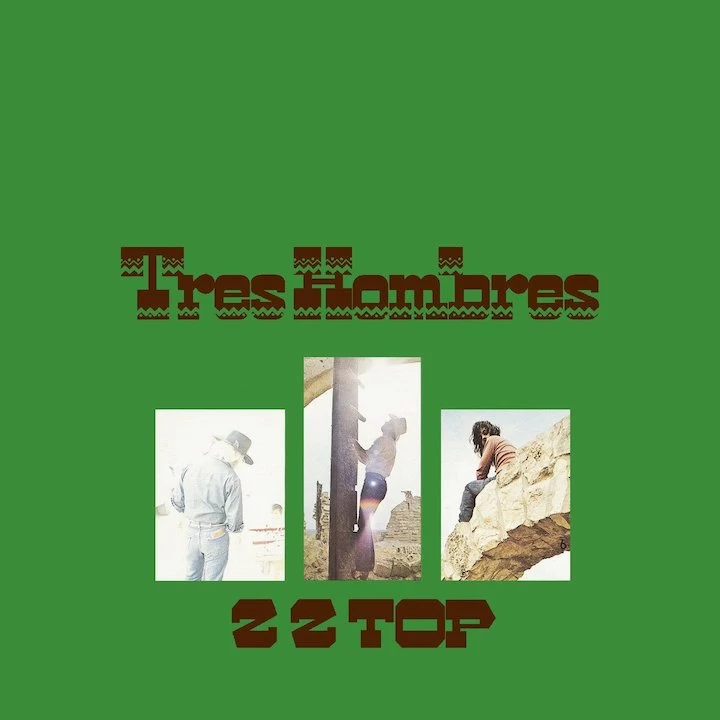
'Tres Hombres'
ZZ Top (1973): This breakthrough album was played on the radio until the grooves were smooth — from the opening cut’s “have mercy!” to the “how how how” of “La Grange” — and for good reason.
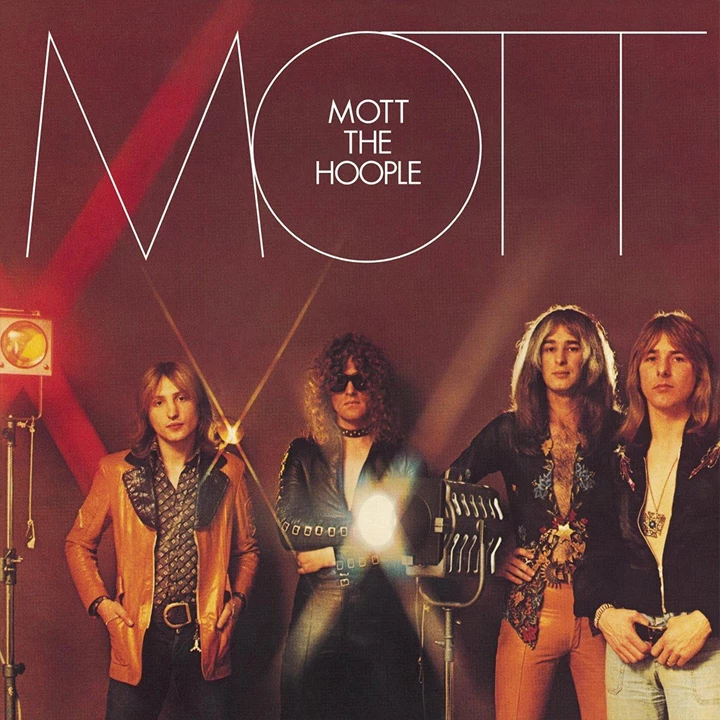
'Mott'
Mott the Hoople (1973): Mott the Hoople followed up the outsized attention brought on by "All the Young Dudes" with a similarly infectious set of songs -- as long as you didn't pay too much attention to the lyrics. Closer listens reveal an air of growing disenchantment with all of that success.
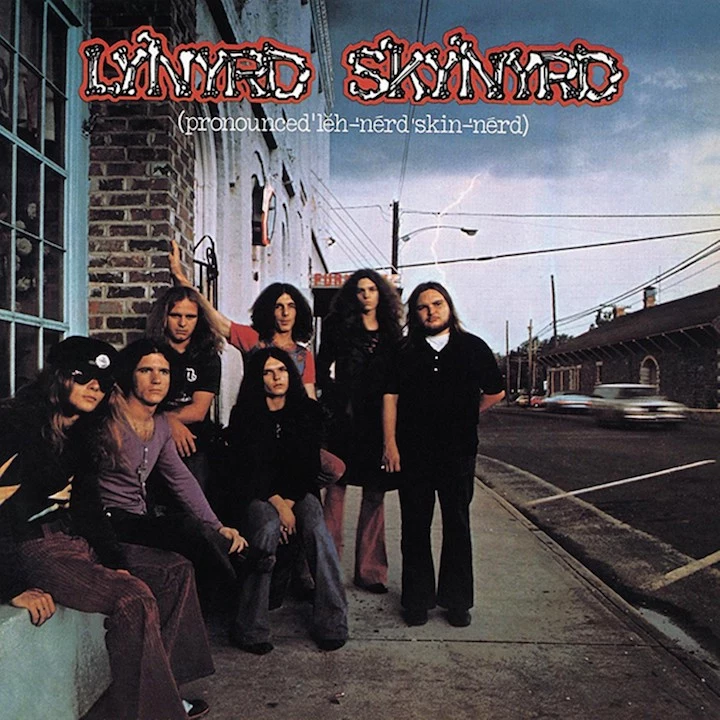
'Pronounced 'Leh-'nerd 'Skin-'nerd'
Lynyrd Skynyrd (1973): Lynyrd Skynyrd defined Southern rock forever with an album that built outward from the Allman Brothers' blues and country influences with a lean, rock-focused sound -- and lyrics that were just as hard-eyed.

'Montrose'
Montrose (1973): Every year this magnificent album seems to take another step past "underground classic" status into mainstream acknowledgement. How influential is 'Montrose?' When Van Halen recorded their first record, they hired the same engineer and producer. A few years later, they also signed up the band's former lead singer -- Sammy Hagar.
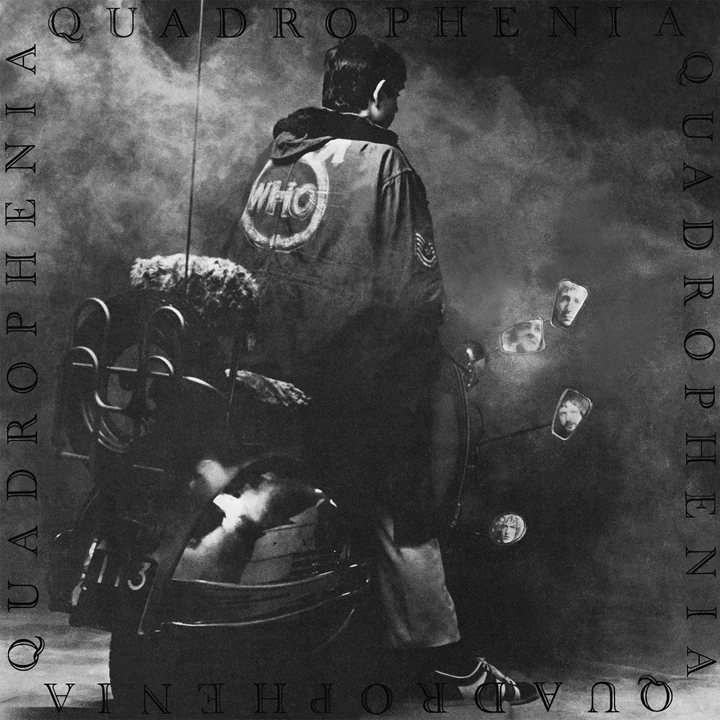
'Quadrophenia'
The Who (1973): This novelistic piece was never as beloved as was the earlier 'Tommy,' but 'Quadrophenia' -- dense, utterly interconnected, sharply focused -- is actually a stronger concept album.
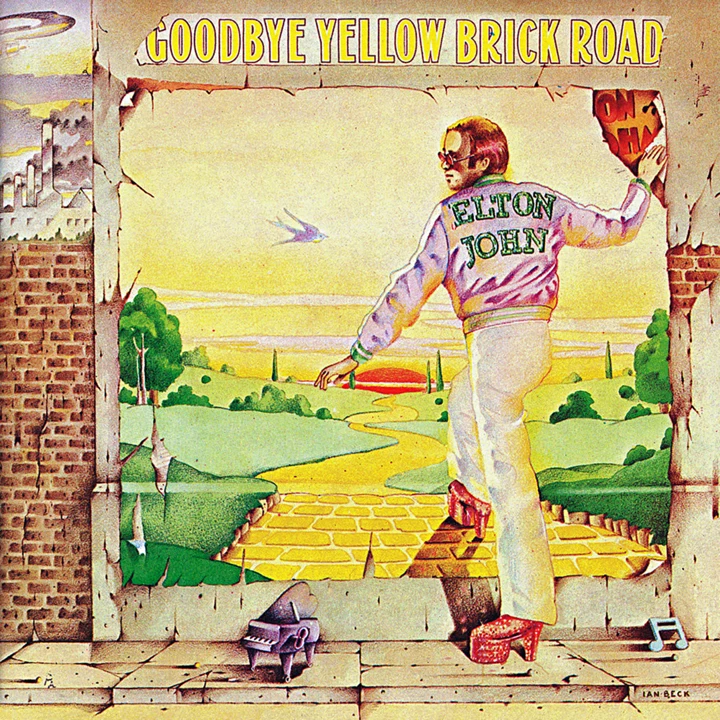
'Goodbye Yellow Brick Road'
Elton John (1973): Profound and yet disjointed, kitchen-sink self-indulgent and then definitive, this album is everything you love about an overblown '70s-era double album. And everything you love about Elton John, too.
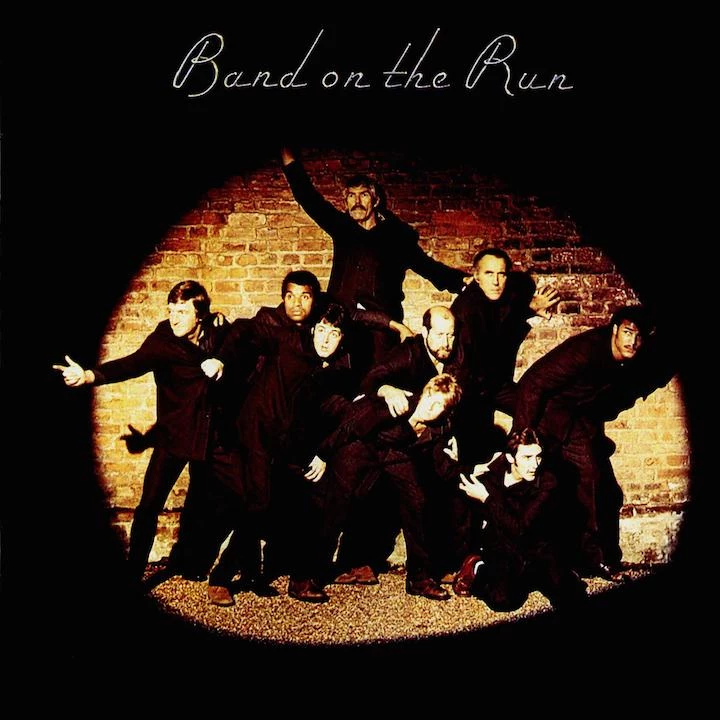
'Band on the Run'
Paul McCartney and Wings (1973): Paul McCartney's best album uses broad storytelling brushstrokes to skillfully weave his own desire to break away from the Beatles with the age-old myths of ne’er-do-wells, hitchhikers and outsiders.
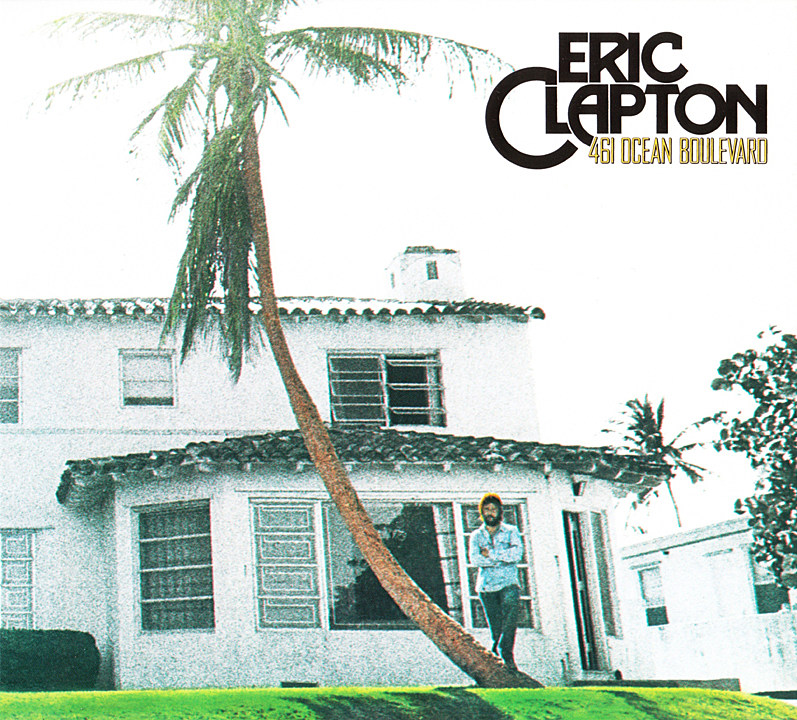
'461 Ocean Boulveard'
Eric Clapton (1974): More focused than this debut, Eric Clapton's approachably rootsy sophomore solo album also brought in a touch of reggae -- and a sleeker production. The template for every Clapton album from the '70s was set.
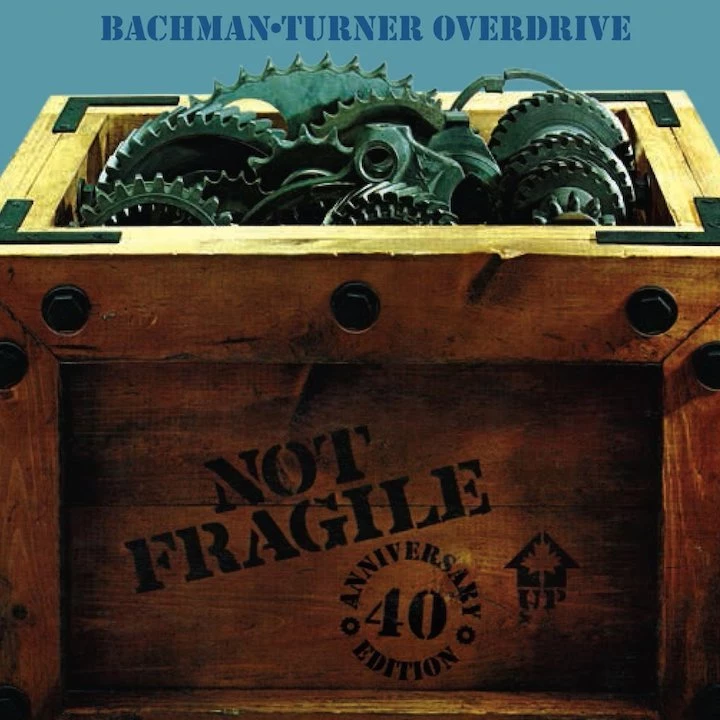
'Not Fragile'
Bachman-Turner Overdrive (1974): BTO get plenty of attention for their parade of '70s hit singles -- two of which, "Roll On Down the Highway" and "You Ain't Seen Nothing Yet," appear here. But thanks to deep cuts like the pulsating title track, their third album also deserves to be mentioned among the decade's best long-form efforts.
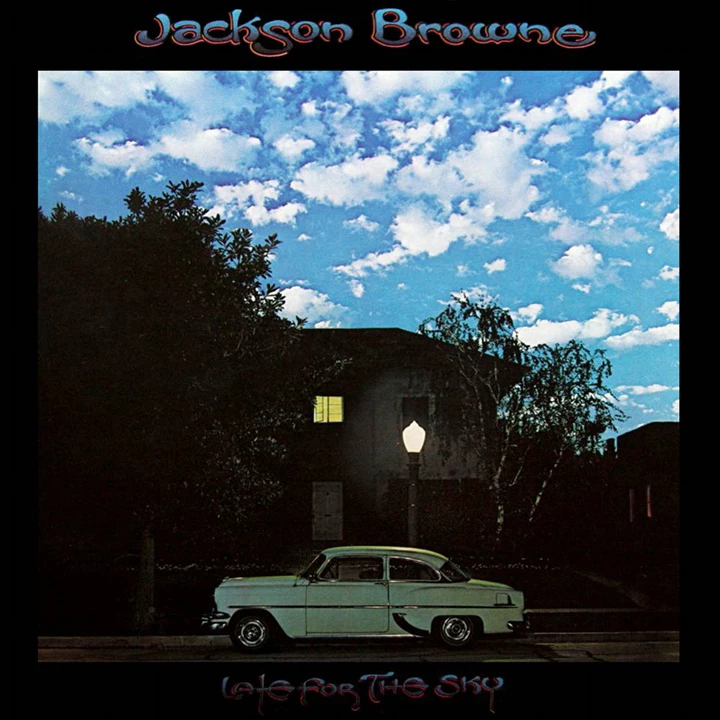
'Late for the Sky'
Jackson Browne (1974): Browne was in his mid 20s when he wrote this melancholic song cycle about crumbling relationships. Songs like "Fountain of Sorrow" and the title track pretty much crowned him as the era's definitive singer-songwriter on the subject, and one of the genre's most influential artists.

'Blood on the Tracks'
Bob Dylan (1975): The themes of separation on this, Bob Dylan’s heartbroken, endlessly revealing mid-'70s triumph, still pack an emotional jolt — whether you’ve suffered through a divorce or not.
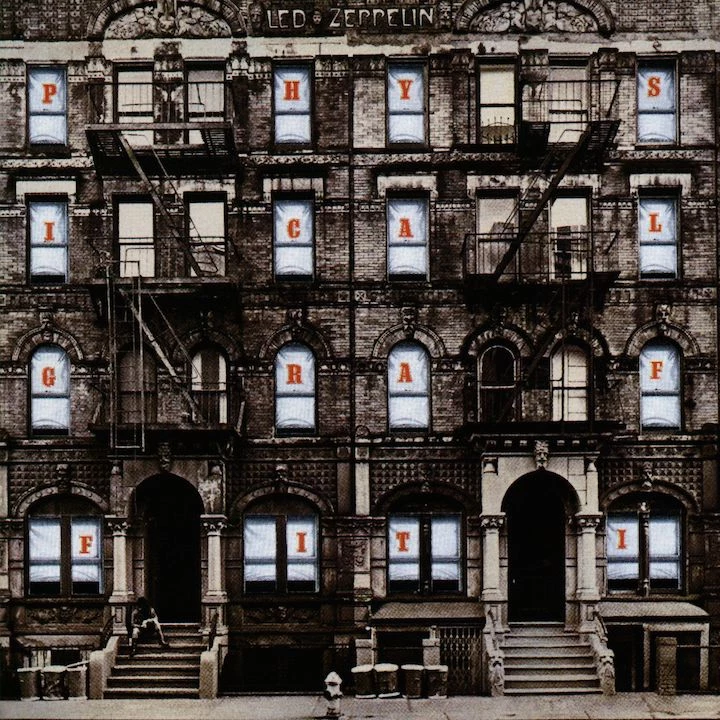
'Physical Graffiti'
Led Zeppelin (1975): Led Zeppelin pieced together their double-album classic from leftover sessions and dynamic new cuts. It comes together as a singular, thunderous statement by a band at the peak of its power.
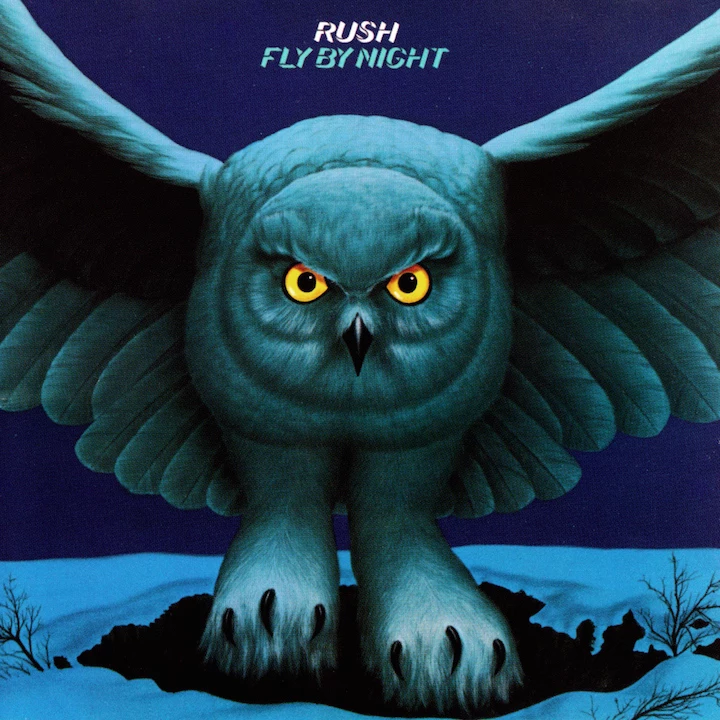
'Fly By Night'
Rush (1975): Exhibit A in the argument for "addition by subtraction," this project saw Rush lose a co-founding member -- only to replace him with a figure who would radically extend Rush's horizons. Neil Peart wasn't just the new drummer; he was the spark that pushed them to greatness.

'Toys in the Attic'
Aerosmith (1975): These guys had already established themselves as a canny blend of Stonesy musical raunch and Zeppelin-ish riffing. With 'Toys in the Attic,' they completed the recipe with a consistent focus on New York Dolls-inspired sexual double entendres -- and Aerosmith were born.

'Captain Fantastic and the Brown Dirt Cowboy'
Elton John (1975): John and creative partner Bernie Taupin had written concept albums before (see 1970's western-themed 'Tumbleweed Connection'). But 'Captain Fantastic' is a personal, lyrical journey of their relationship -- the ups, downs, struggles and successes.

'Tonight's the Night'
Neil Young (1975): The drug-related deaths of two friends spurred Young's angriest and rawest album. Recorded quickly with some old pals and members of Crazy Horse, 'Tonight's the Night' is dark, hazy and unsure of what lies ahead -- the tentative riffs and Young's aching vocals nail it.
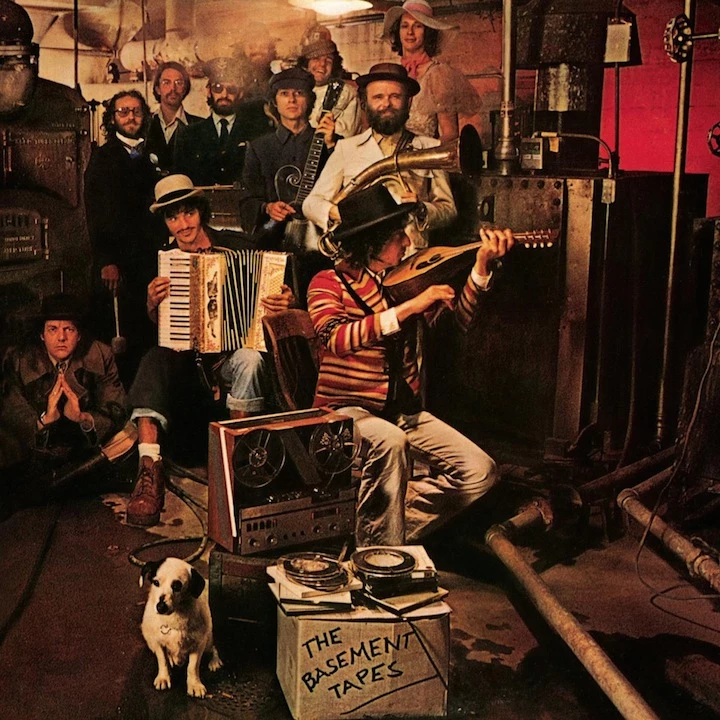
'The Basement Tapes'
Bob Dylan and the Band (1975): Though unreleased until 1975, 'The Basement Tapes' provided both a missing link between Dylan’s 'Blonde on Blonde' and his later rootsier sounds, as well as the earliest hints of what was to come for the Band.
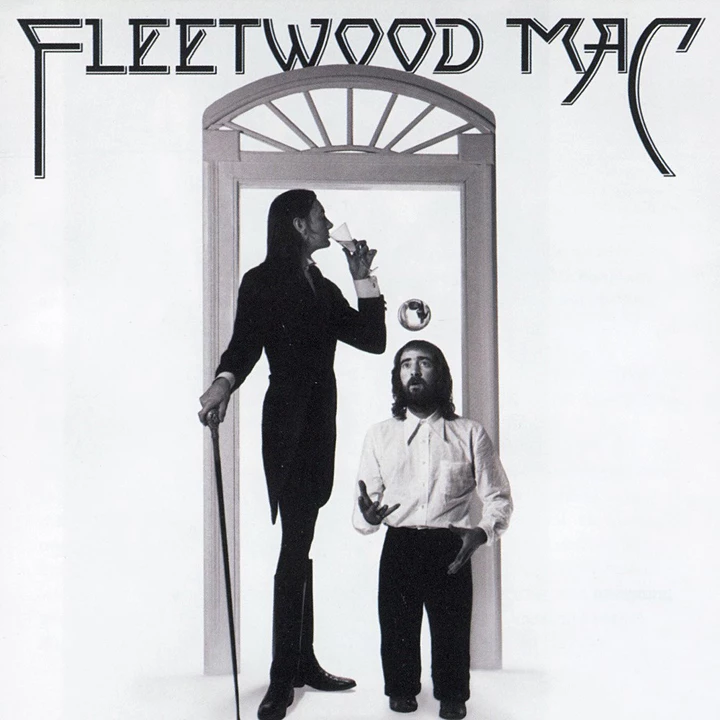
'Fleetwood Mac'
Fleetwood Mac (1975): When Californians Lindsey Buckingham and Stevie Nicks joined Fleetwood Mac for this LP, the group was a leftover British blues band from the '60s. They soon became one of the biggest groups on the planet, thanks to this terrific collection of sunkissed pop.
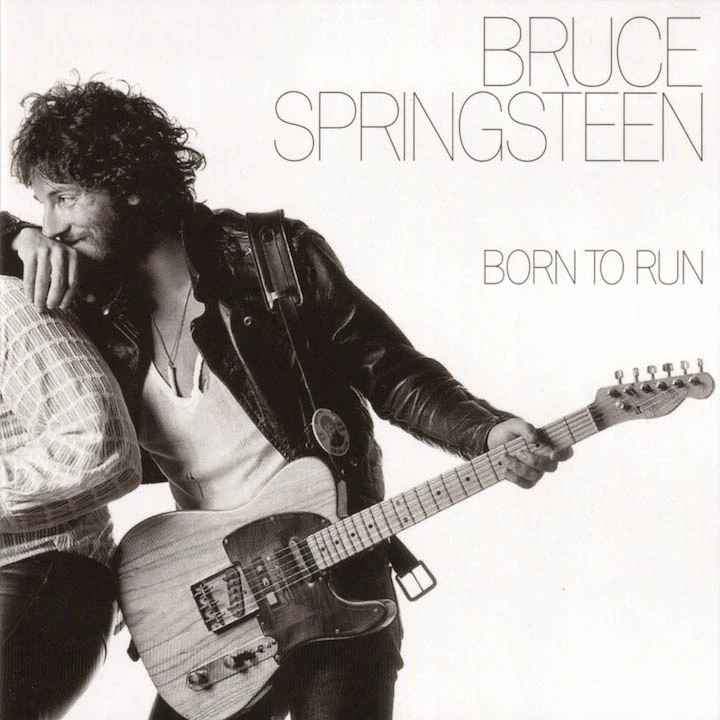
'Born to Run'
Bruce Springsteen (1975): Springsteen's third album made him a star. More importantly, it set a template for his literate, throwback rock 'n' roll -- road music about chasing the American dream and coming up short in the long run. Powerful, epic and ultimately hopeful, despite life's setbacks.
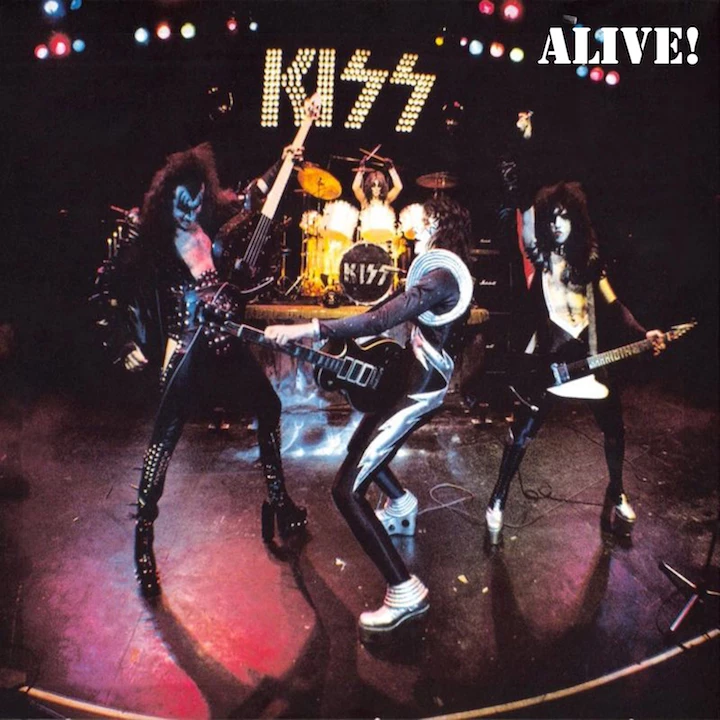
'Alive!'
Kiss (1975): After their first three studio albums failed to capture what made Kiss such a fast-growing force on the concert circuit, their near-bankrupt label threw up this Hail Mary of a double-live album. Luckily (and deservedly) it connected with a massive audience, launching the band into stardom.
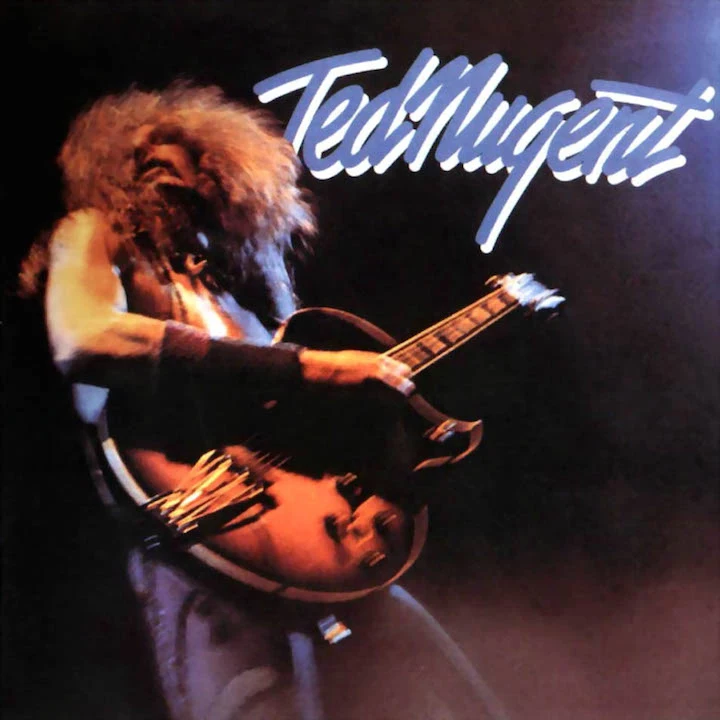
'Ted Nugent'
Ted Nugent (1975): The album-opening "Stranglehold" was enough to guarantee Ted Nugent rock immortality all by itself. But just to be sure, he also threw in "Stormtroopin," "Hey Baby," "Just What the Doctor Ordered" and "Motor City Madhouse."

'Wish You Were Here'
Pink Floyd (1975): As concise conceptually as any album they ever attempted, this is also the last truly collaborative studio project between Roger Waters and the rest of Pink Floyd.

'A Night at the Opera'
Queen (1975): With the flaxen AM-era ballad "You're My Best Friend," Queen completed an amazing resume that included everything from the operatic stuff to the heavy stuff, from the symphonic stuff to the showtune stuff, to the stuff that somehow combined all of the above. It's all here.

'Ramones'
Ramones (1976): Widely overlooked at first, the Ramones' angtsy self-titled debut would end up as a match-light moment for punk -- long before most even knew such a thing existed on the far horizon.
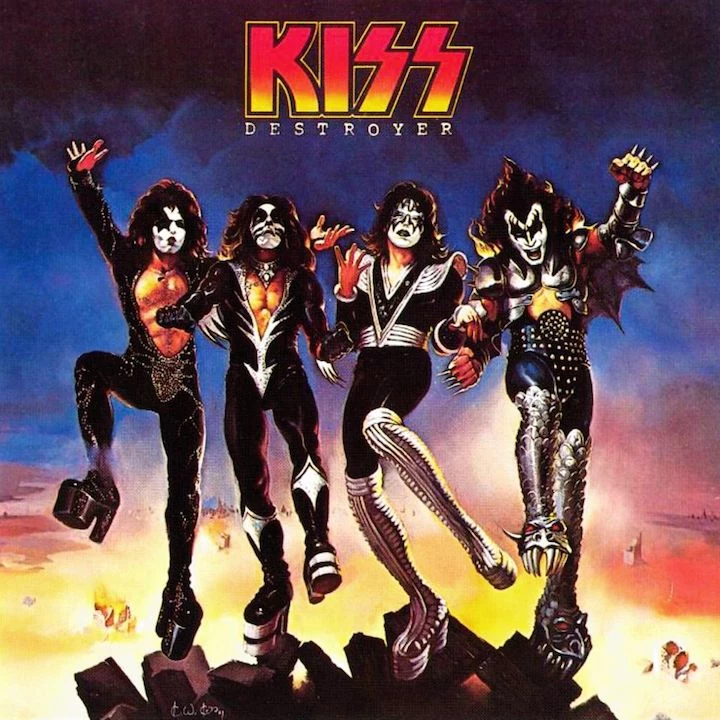
'Destroyer'
Kiss (1976): Eager to prove they could deliver a world-class studio album, Kiss brought in producer Bob Ezrin to help expand and tighten their sound on 'Destroyer.' Happily, they rose to his exacting standards on newly sophisticated anthems like 'Detroit Rock City' and 'Shout It Out Loud.'
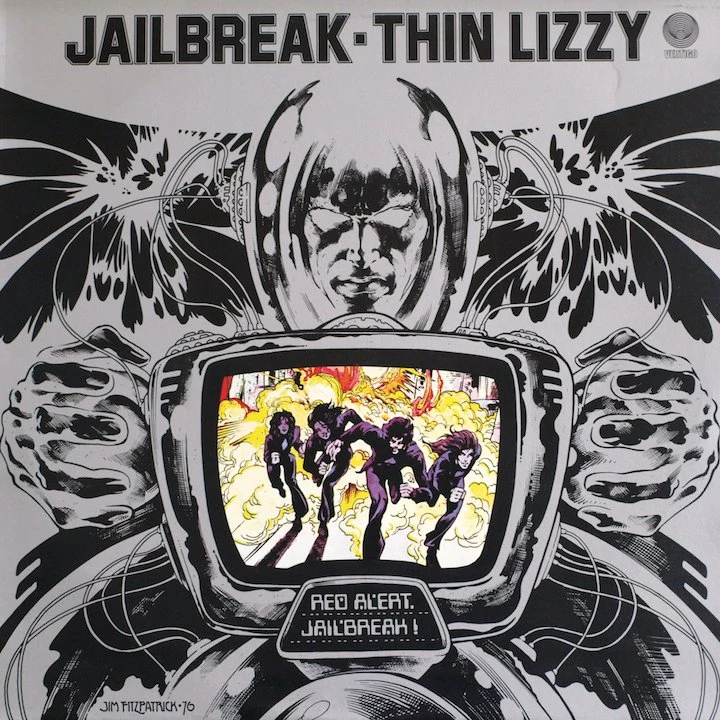
'Jailbreak'
Thin Lizzy (1976): Thin Lizzy's endlessly appealing bestselling album in the U.S., like its energetic hit "The Boys Are Back in Town," just never gets old. And that's just what Phil Lynott, who brought in sessions guys to bolster their sound, always intended.
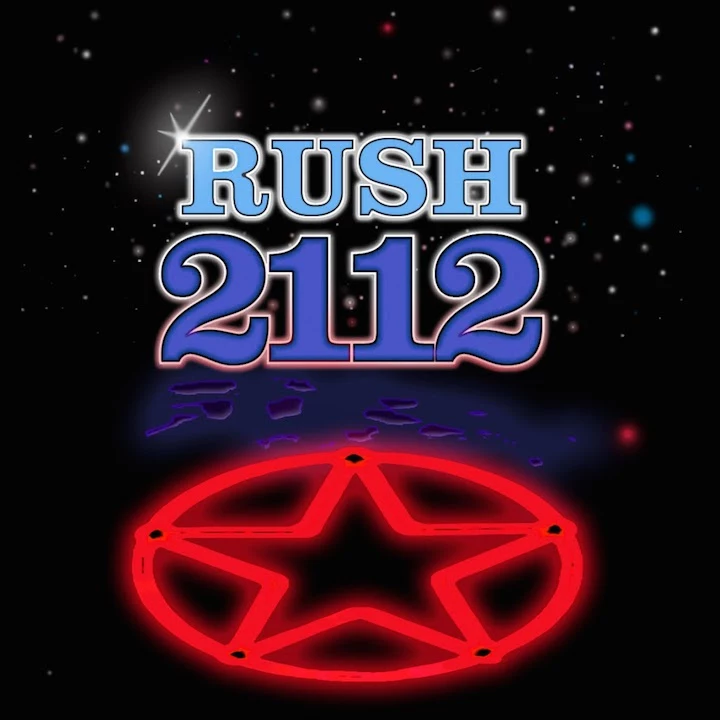
'2112'
Rush (1976): The titanic seven-part, 20-minute what-if-they-banned-music-themed title track, all by itself, might just be the best thing Rush ever did. And they were just getting started on '2112.'

'Rocks'
Aerosmith (1976): This is, in many ways, a sequel to 'Toys in the Attic,' the sound of an ever-more-confident band that had finally hit upon a winning formula. The principal difference, as its title makes clear, is that the follow-up somehow rocks harder.
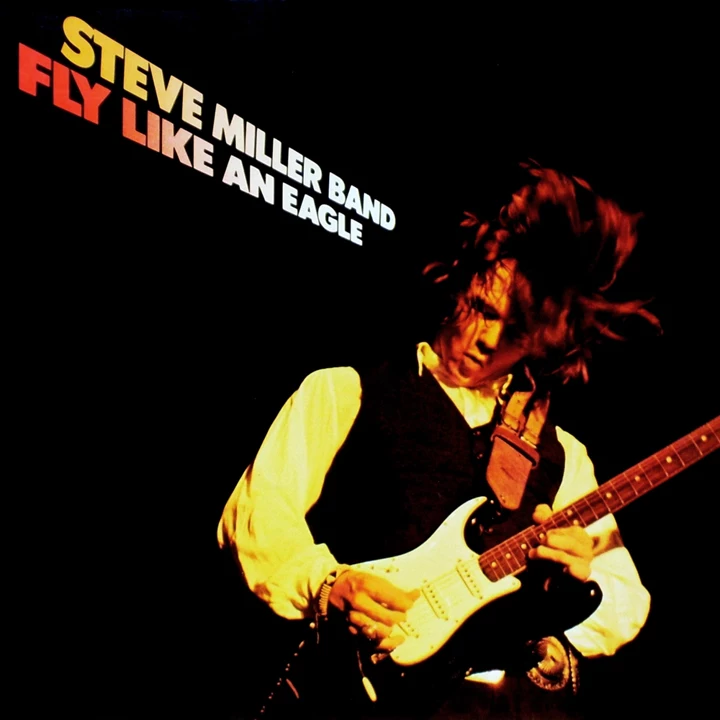
'Fly Like an Eagle'
Steve Miller Band (1976): Dotted with a trio of trippy, fun-loving '70s standards, 'Fly Like an Eagle' found Steve Miller in full command of his new party-rock-in-space amalgam. Dig deeper, and there are some intriguing atmospheric items that only add context to the hits you know and love.
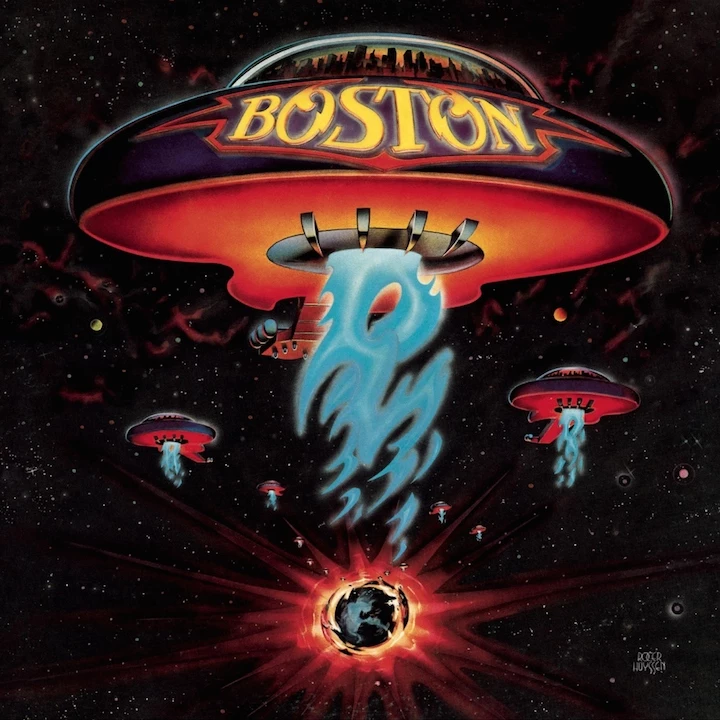
'Boston'
Boston (1976): Home to three Top 40 hits, Boston's self-titled album went platinum in a mere three months -- becoming both the fastest-selling debut album ever, and the backbone of every classic-rock radio playlist ever.
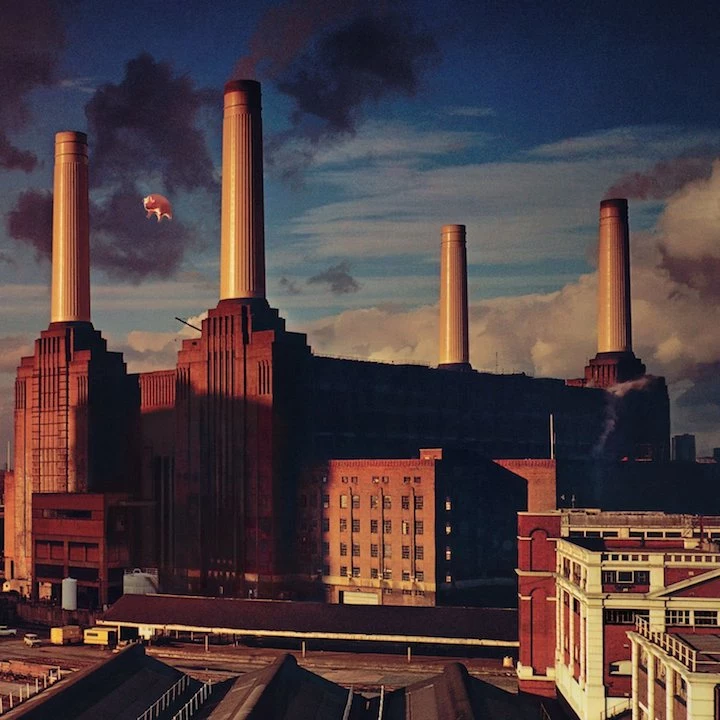
'Animals'
Pink Floyd (1977): This might have been considered Pink Floyd's darkest album, if not for what came next. But unlike 'The Wall' and (in particular) 'The Final Cut,' Roger Waters' bleak narratives are balanced by muscular contributions throughout from David Gilmour.
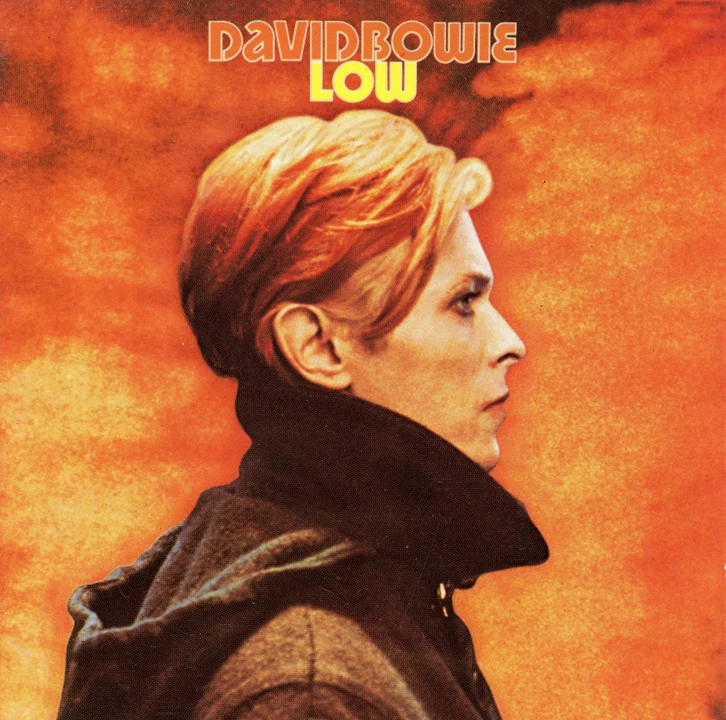
'Low'
David Bowie (1977): Bowie made three experimental-music albums in the late '70s with Brian Eno in Berlin. This is the best of them, a stunning and often difficult soundscape of space-age instrumentals and avant-garde wordplay.

'Rumours'
Fleetwood Mac (1977): Memorably cinematic, Fleetwood Mac's masterpiece chronicled with a lush directness (quite literally, it turned out) the way that relationships coalesce then dissolve.
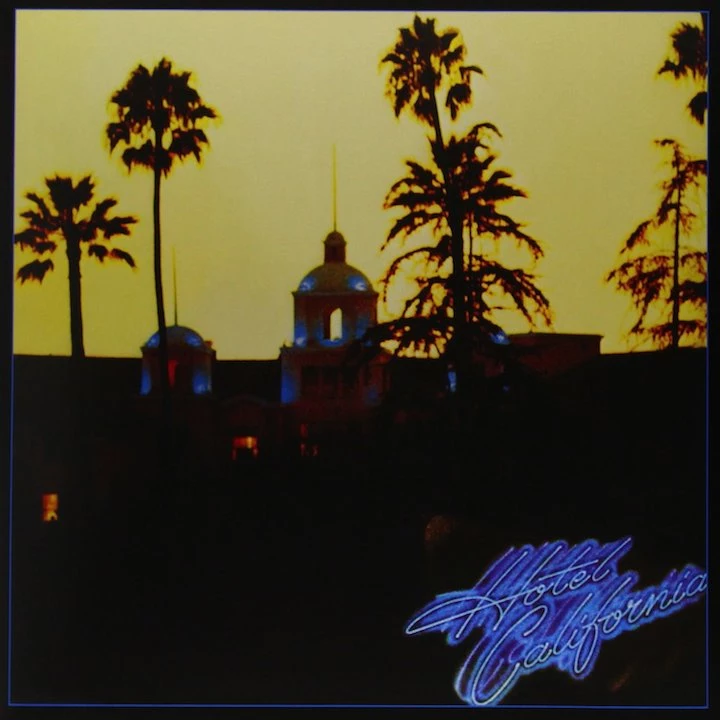
'Hotel California'
The Eagles (1976): The Eagles' masterpiece is a dark, decadent look at the trappings of drugs, fame and power. It's ragged, dirty, self-aware ... and a landmark record of the '70s that pivots between the corners of what the Eagles were and what they would become.
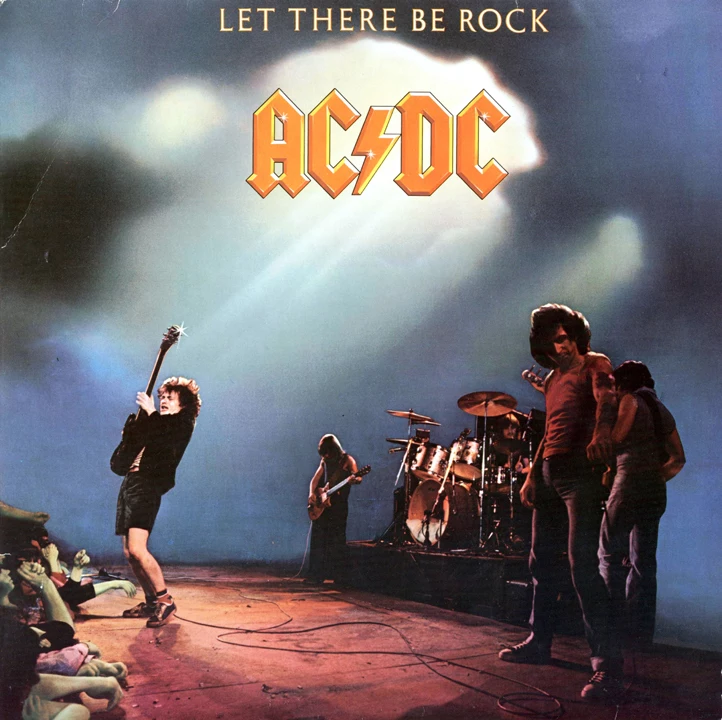
'Let There Be Rock'
AC/DC (1977): Here's where Bon Scott and the Young brothers delivered their first undisputed masterpiece. 'Let There Be Rock' is relentless, swaggering and without an ounce of fat -- and by the time it reaches its climax with "Whole Lotta Roise," you'll be breathless.
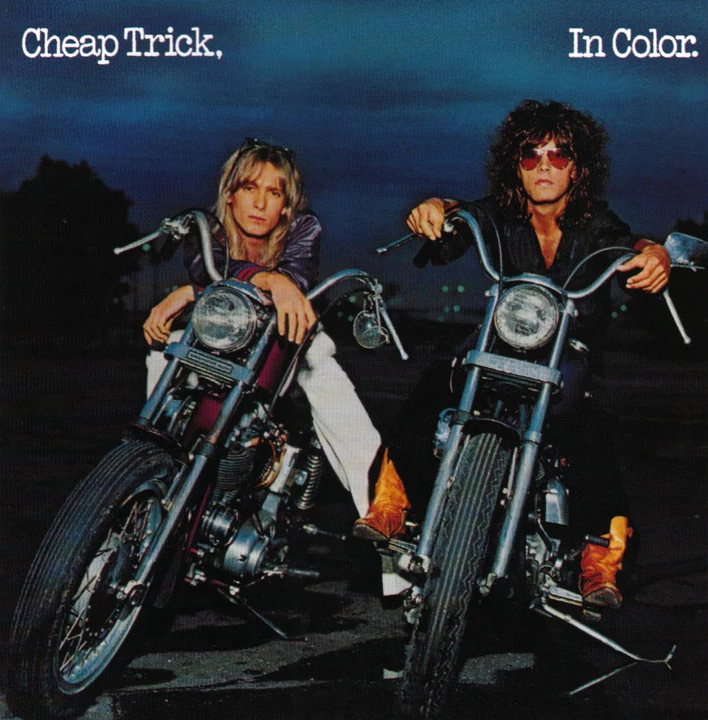
'In Color'
Cheap Trick (1979): A power-pop gem, and home to the ageless "I Want You to Want Me," this album cemented Cheap Trick as huge stars -- but only in Japan, not in the U.S. We all know what happened next.
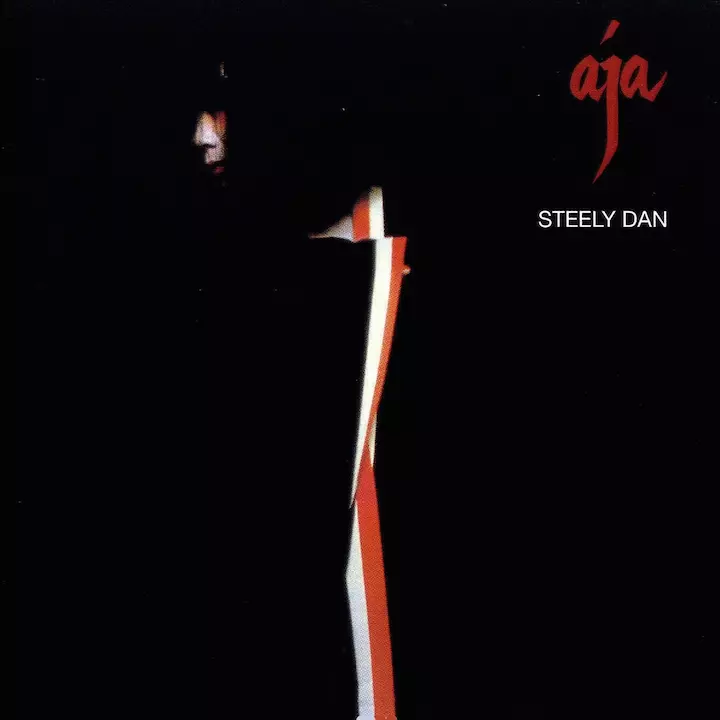
'Aja'
Steely Dan (1977): On Steely Dan's best album, there is no line between the rock and the jazz. Combined with a series of cinematic narratives, 'Aja' didn't sound like anything else at the time. Still doesn't.
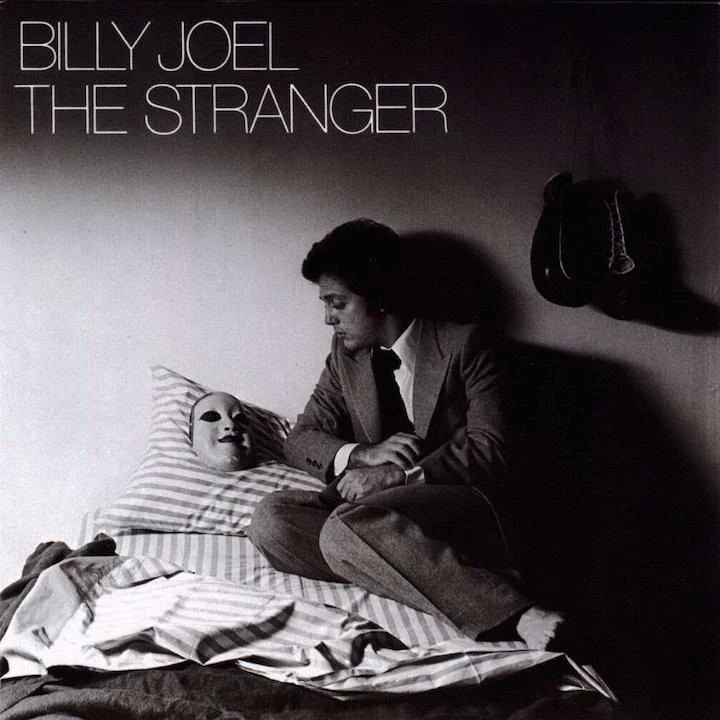
'The Stranger'
Billy Joel (1977): Joel had released four albums that most people didn't pay much attention to before he released his fifth, and best, one in 1977. Jazzy, tuneful, showy and just a tad too sentimental at times, 'The Stranger' made Joel a star and influenced a bunch of other records by decade's end.
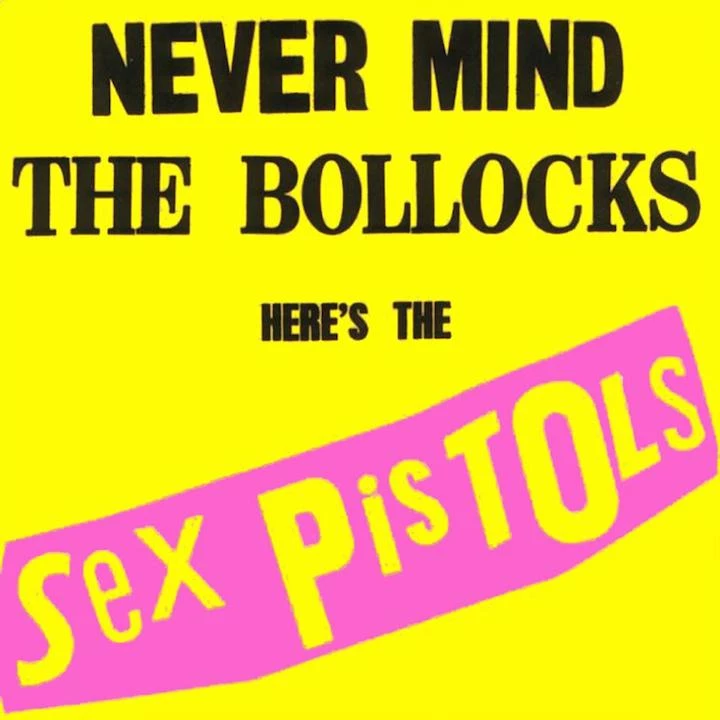
'Never Mind the Bollocks Here's the Sex Pistols'
Sex Pistols (1977): If the Ramones knocked on the door, the Sex Pistols simply kicked it down -- snagging the press, the sales and the legend. Two-times platinum in the U.K., this would become -- how punk is this? -- their one and only album.
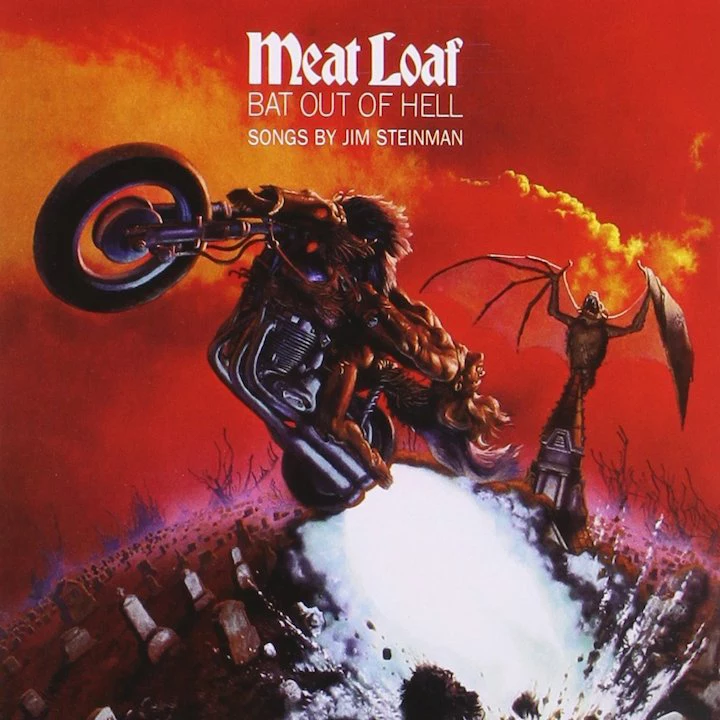
'Bat Out of Hell'
Meat Loaf (1977): The songs on Meat Loaf's breakthrough 1977 album were massive, overcooked and loaded with enough melodramatic flourish to supply a dozen mid-size theater productions. Nothing else sounded like 'Bat Out of Hell' in the '70s ... or pretty much ever, for that matter.
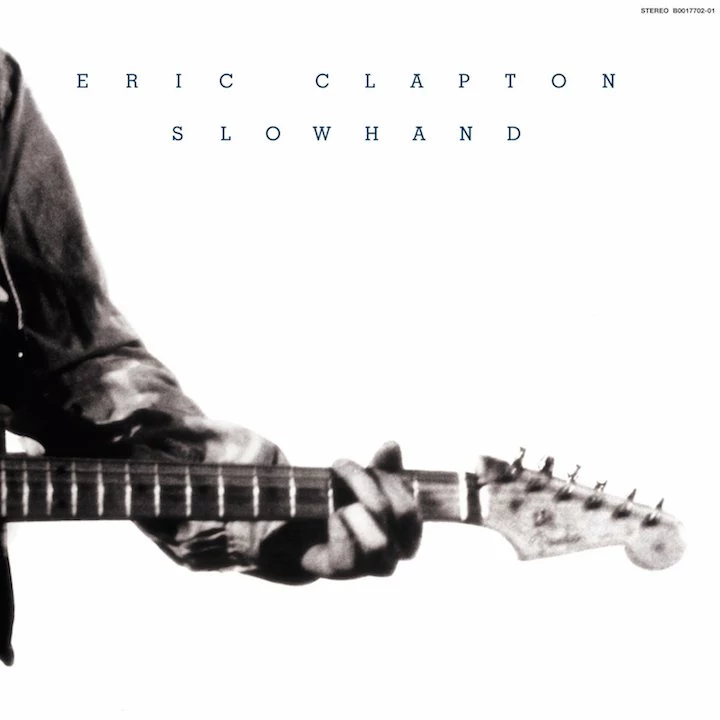
'Slowhand'
Eric Clapton (1977): Coming off a misguided guest star-laden album, Eric Clapton reconnected with his regular working band, and with the laid-back grooves that had made '461 Ocean Boulevard' such a success. The results here are arguably even better.
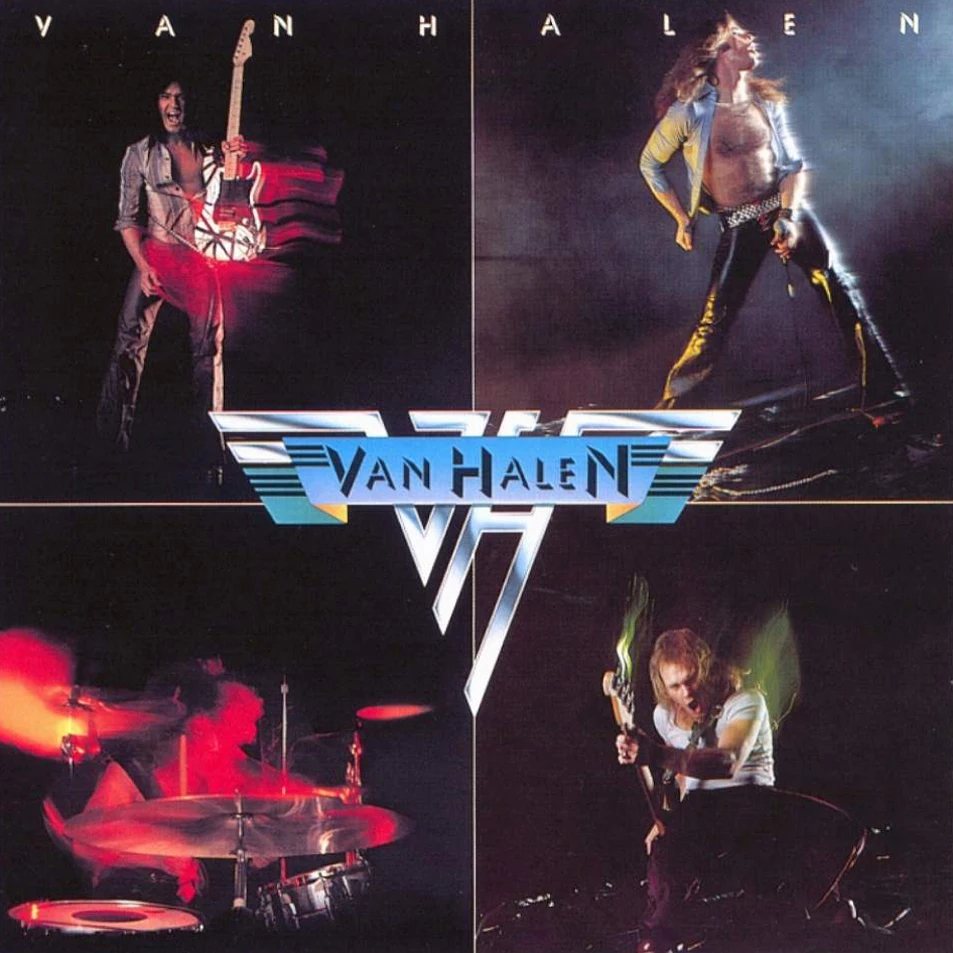
'Van Halen'
Van Halen (1978): An album every bit as important, in its own way, as the debut albums by Jimi Hendrix and the Ramones, Van Halen's introductory blast of guitar pyrotechnics and party-boy lyrics changed the way hard rock albums sounded forever.

'This Year's Model'
Elvis Costello and the Attractions (1978): Costello's great debut, 1977's 'My Aim Is True,' didn't include his band the Attractions (a California group called Clover, who would rename themselves the News after they hooked up with Huey Lewis, backed him). 'This Year's Model' did, and it's a tough, dynamic mix of rock and New Wave.
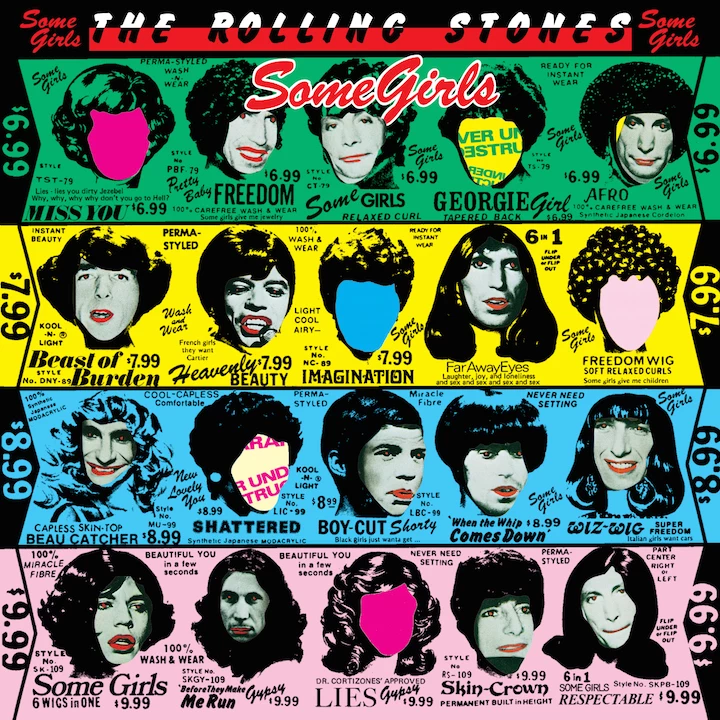
'Some Girls'
The Rolling Stones (1978): The Stones' most '70s album toys with disco, punk and classic rock 'n' roll. After a few bumpy years of playing rock stars, they got back to business here and set themselves up for another decade.
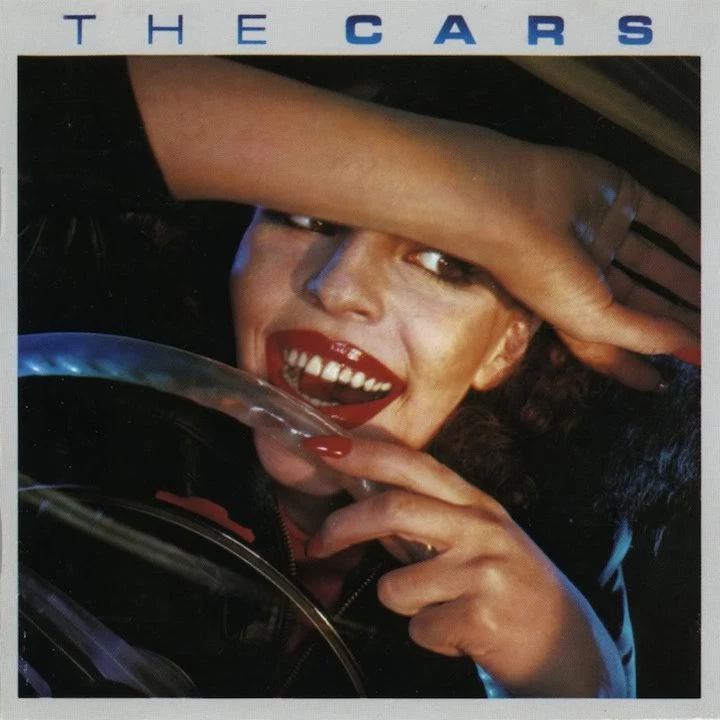
'The Cars'
The Cars (1978): A template-setting blast of New Wave cool, 'The Cars' plays like an instant greatest-hits package. And unlike so much of the pop music to follow in the '80s (including some by the Cars themselves), this somehow remains ageless.

'Darkness on the Edge of Town'
Bruce Springsteen (1978): What if 'Born to Run''s dead-end characters never pulled out? What if they were still stuck in the same jobs, in the same towns and with hope in even shorter supply? These 10 magnficent songs provide the answer.

'Parallel Lines'
Blondie (1978): Blondie were never quite sure what kind of band they were: pop, punk, New Wave, disco, rock. On their third and best album, they're all of them, and they have a blast ripping apart genres on songs like "One Way or Another" and "Heart of Glass."

'52nd Street'
Billy Joel (1978): Billy Joel expands on the success of 'The Stranger,' even if he doesn't necessarily match its greatness song to song. This one is bigger, more enthusiastic, more bombastic and in some ways more loveable because of all of that.
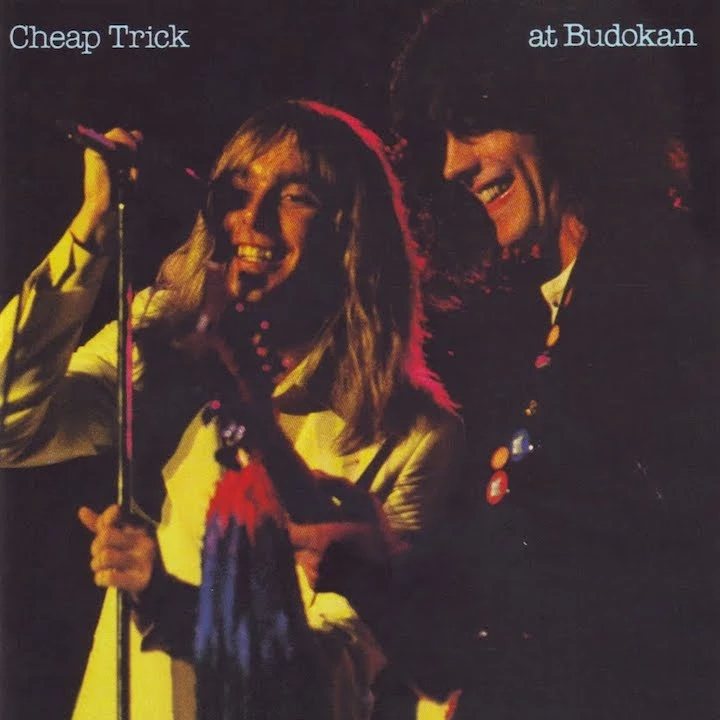
'At Budokan'
Cheap Trick (1979): Cheap Trick had released three albums with middling sales when they played Tokyo in 1978. A year later, they were one of the planet's biggest bands thanks to this electrifying live album that feeds off the audience's relentless adoration.

'Outlandos d'Amour'
The Police (1978): Dark, New Wave-ish singles about suicide ("Can't Stand Losing You") and prostitution ("Roxanne") were met with initial confusion. This was, after all, still the late '70s -- not the nihilistic '80s. In time, this would be understood as one of the best debut albums ever.

'Rust Never Sleeps'
Neil Young and Crazy Horse (1979): Young closed out the '70s by summing up both the decade and his place in it. Recorded partly onstage, partly in the studio -- and partly solo acoustic, partly with an electric Crazy Horse -- 'Rust Never Sleeps' is the sound of the '70s turning into itself.

'Highway to Hell'
AC/DC: (1979) Bon Scott departs this mortal coil, but only after unleashing one last blast of lip-smackingly deviant rock. Credit the Young brothers and new producer Mutt Lange for crafting what to that point where AC/DC's best-sounding surroundings, too.

'Damn the Torpedoes'
Tom Petty and the Heartbreakers (1979): Petty usually is good for a handful of great songs per album; on his third LP, almost every single one of them is killer -- from the opening "Refugee" to the closing "Louisiana Rain." It gave Petty his first Top 10 hit and remains his definitive work.
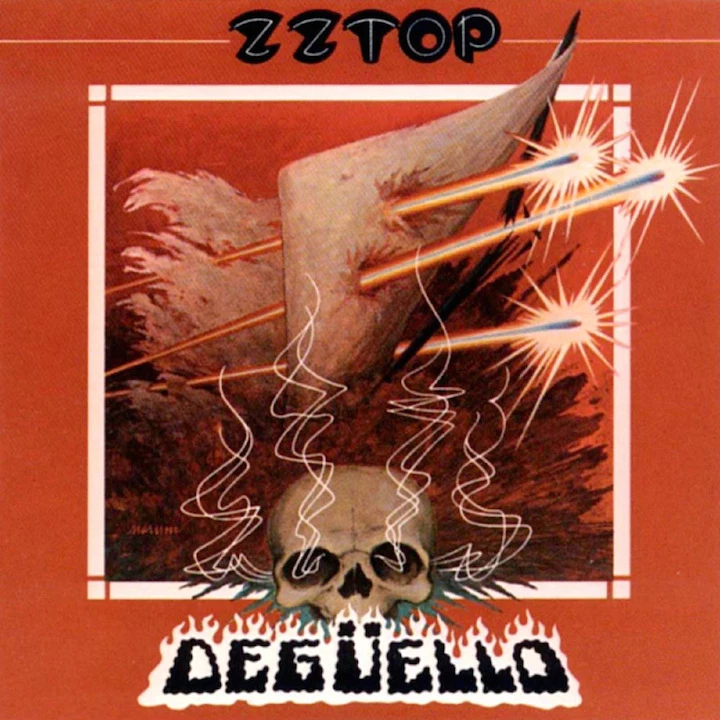
'Deguello'
ZZ Top (1979): After three years away, ZZ Top returned with their best album from beginning (the smoky intrigue of “Thank You”) to middle (the rumbling “I’m Bad, I’m Nationwide”) to end (the endlessly intriguing “Cheap Sunglasses”).
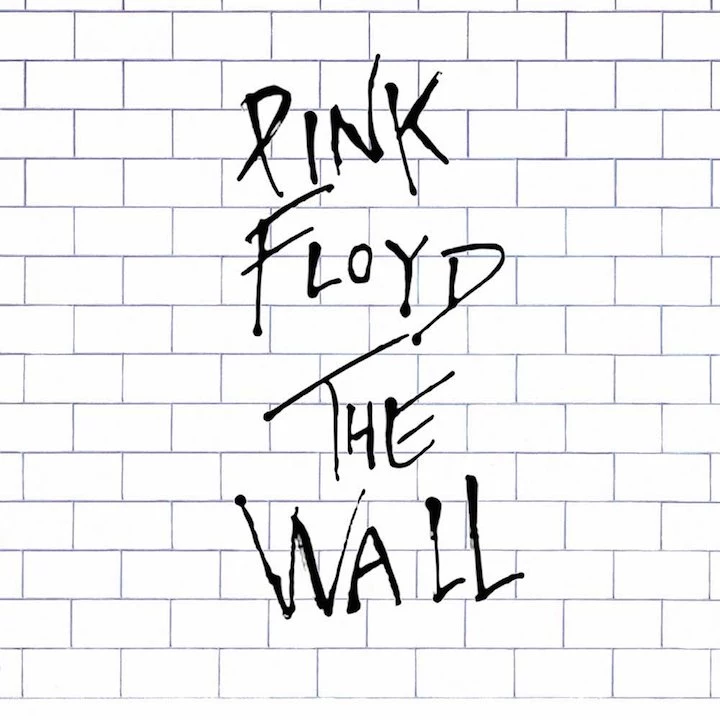
'The Wall'
Pink Floyd (1979): Roger Waters, on a double-album scale, deals with a meteoric rise to fame as an adult after losing his father in World War II as a child. Part stirring confessional, part shocking exorcism, this is his masterwork.
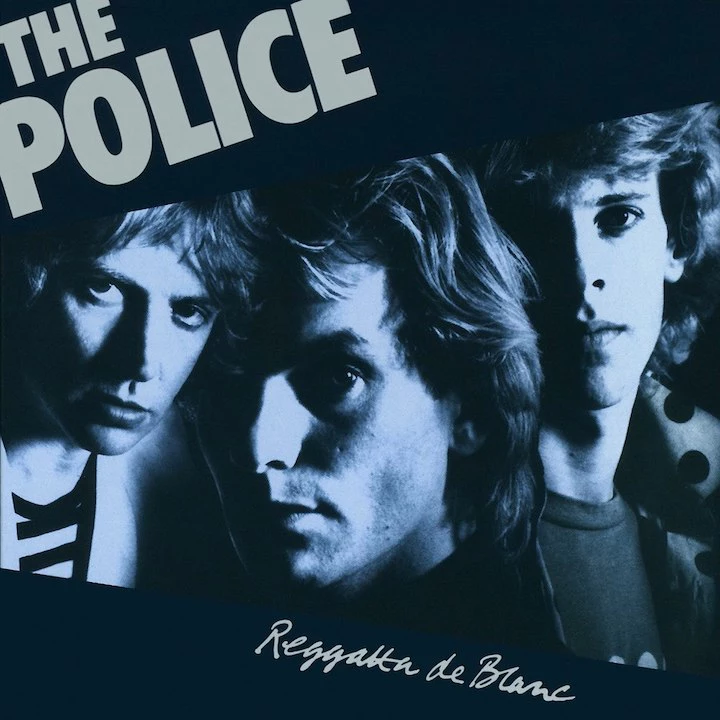
'Regatta de Blanc'
The Police (1979): Dashed off in a flash, the Police's sophomore effort might have fallen flat if the band hadn't been sharpening its musicianship via nonstop touring. The results, despite a title meant to translate as "white reggae," point to every multi-faceted success to come.
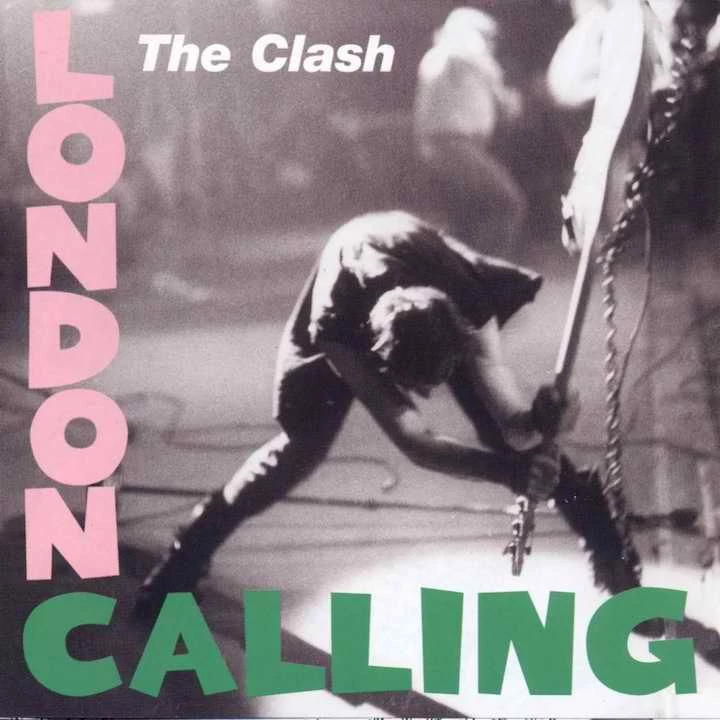
'London Calling'
The Clash (1979): This renegade record set a new musical agenda for the '80s by kicking nearly every convention squarely in the rear, even as its hard-eyed sense of topical passion presupposed things like Live Aid.